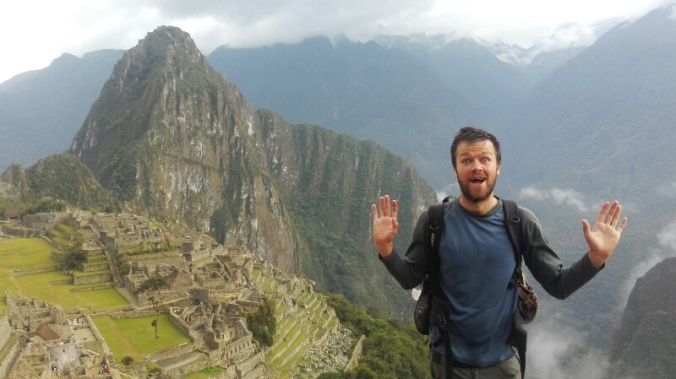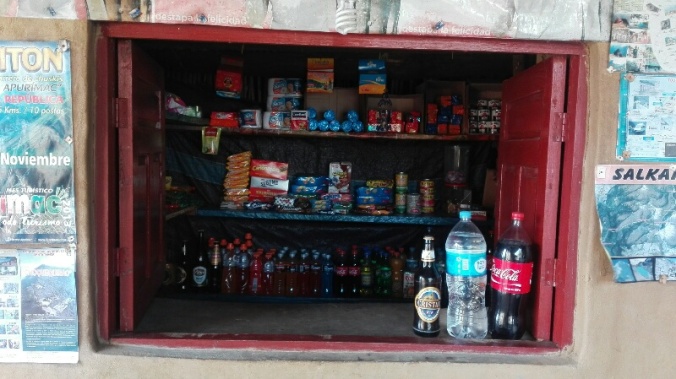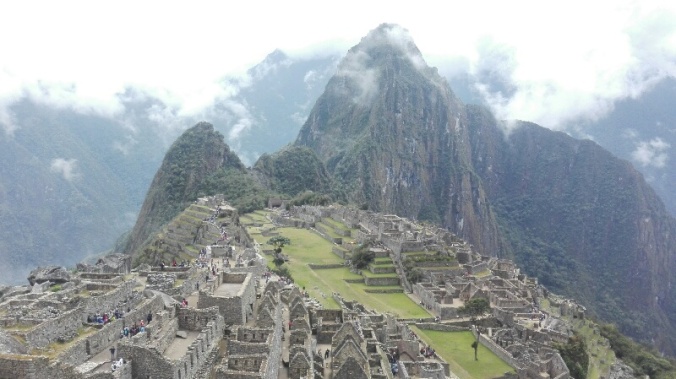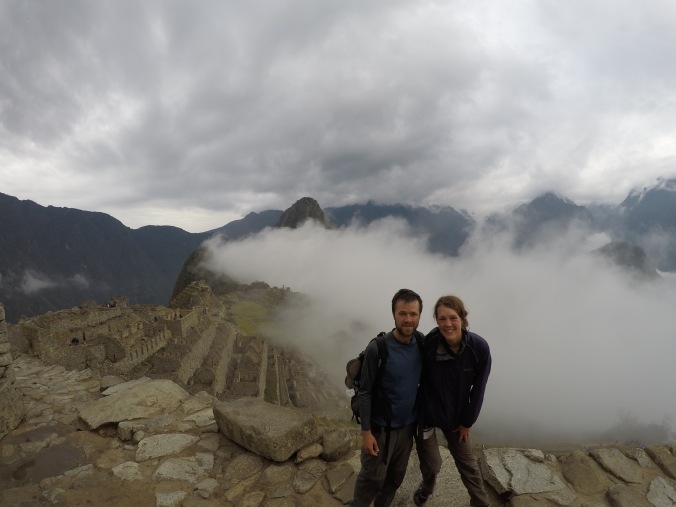Aside from a couple of near death experiences and a day one drenching, our final stretch in South America turned out to be one of our faves of the trip. Taking a winding route through the last bit of Colombia from Medellin, through the colonial heartlands of Boyaca and Santander, then the humid wetlands and finally on to the Caribbean coast at Cartagena, it managed to cram in a little bit of everything. Gorgeous colonial plazas and churches, misty highlands, sweaty lowlands, waterfalls, rivers, lakes, dirt roads a plenty and two recovered and healthy bodies to enjoy it! All served up with the usual large dose of the lovely Colombian hospitality that we’ve gotten used to.
So that’s it! We’ve run out of continent to cycle….so we’re off to another one! With bittersweet tears in our eyes (probably from all the sugar we’ve devoured in the last 11 months), it’s so long Colombia, so long South America….USA here we come!
Our month’s stay in Medellin, volunteering, spanish lessons, sitting around eating pizza (me) and gym-ing (Tom) did it’s job of giving us the mental and physical break from the bikes that we needed. We were ready to get on the road again.
We started as we meant to go on, straight into the hills and on to dirt roads. My intense Medellin exercise regime (walk to shop, buy cake, eat cake) paid off, and the 1000m climb starting immediately from our doorstep in Medellin was a breeze, honest.
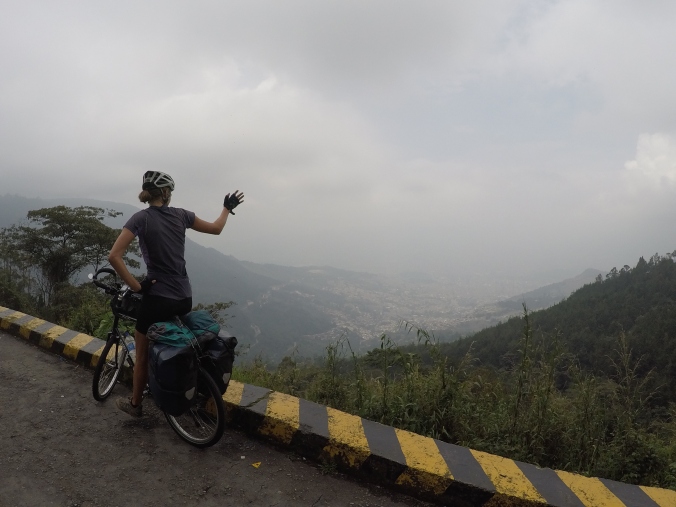
So long Medellin! The city in the valley below
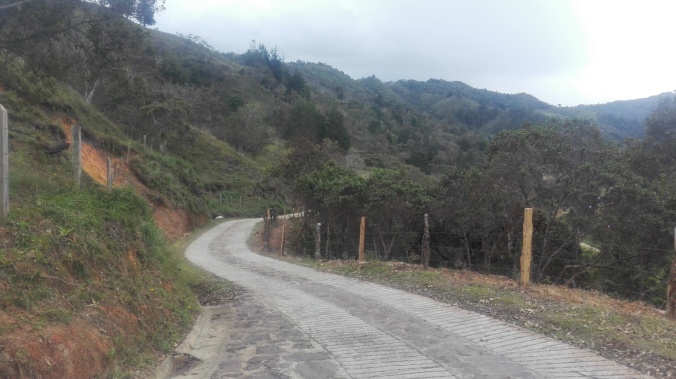
Off onto the back roads, fresh air after a month of smoggy city
The weather teased us with a huge thunderstorm on our first afternoon….
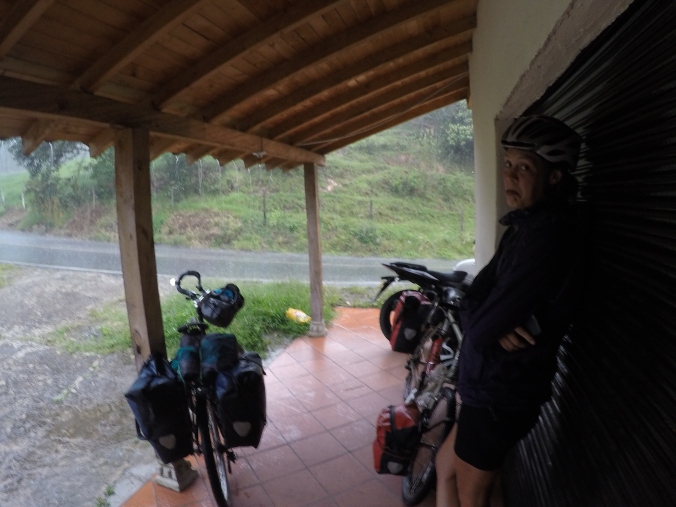
Our first day out of Medellin all got a bit soggy
….but we lucked out in our choice of roadside café to hide from the storm. Accidently stumbling into a a hippie commune/vegan bakery/artists workshop outside of Guatape, Walter and the lovely group of 6 permanent resisdents, 3 kids and a few floating visitors heaped food and hot chocolate on us all evening and invited to stay for the night. Yes, there was an awful lot of hugging, and subjects of the evening did include UFOs, spiritual portals, and some very open conversation on tantric sex over breakfast (all in Spanish – I honestly thought we were still talking about baked goods until half way through the conversation!). But mostly, there were lots of laughs, lots of fun, music, dancing, and general merriment. A lovely bunch.
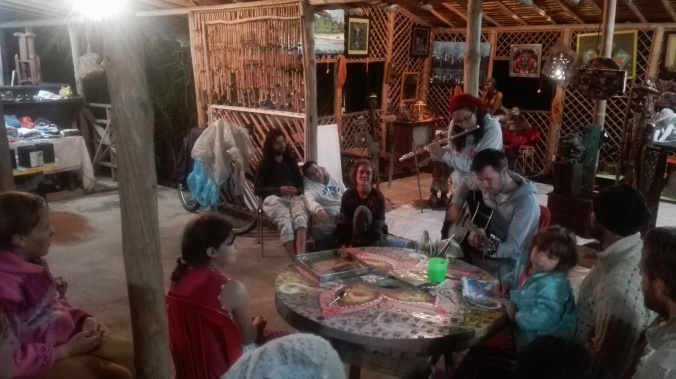
Singing for our supper
Leaving our hippie friends behind, the sun came out and didn’t leave us for the rest of the trip. New heights of cycle chic were reached in desperate attempts to stay cool and un-lobstery in the tropical sun….

A great look I reckon. Sports bra, high vis vest, sleeves and a straw hat. Anything to keep cool!
…and any pretence of camping were soon abandoned in favour of our new gods – air conditioning and fans!

Worshiping the fan-god
We did manage a few night camping, mostly soundtracked to the sound of waterfalls and ribbiting frogs…
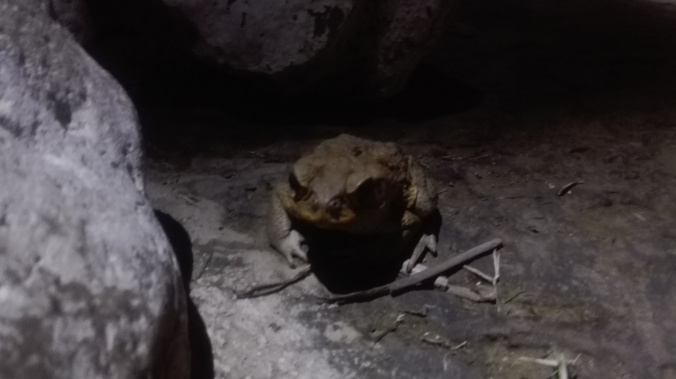
Massive frogs, noisy sods too
…and also one night in the garden of Nelson and his family, who took us in as we asked around for a spot to camp. Nelson, his wife and their 7 (!) kids soon invited us in for some food, and we spent the evening helping the kids with their English homework and causing lots of giggles over our Spanglish attempts at conversations.
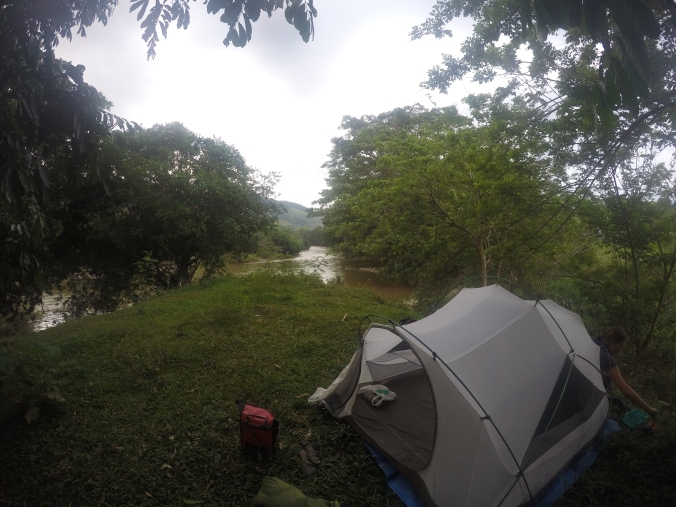
Riverside camping in Hector’s yard. We attempted to go for a wash in the river and got stuck in quick sand.
Our love-hate relationship with Colombian food continued, with some new stars. Walter’s feast of arepas de choclo and meat almost managed to undo the damage done by dozens of stale arepas so far on the trip, and raspicos, (a cup of crushed ice covered in fluorescent sugary syrups and condensed milk) became a regular feature of our hot days. In Velez, small roadside factories cooked up Bocadillo, a fruity jam confectionary, served up with a bowful of cheese and hot caramel sauce. It was ridiculously delicious (and free, thanks to the lovely Maria who refused to take payment from us!), and my lack of horror at this being considered an acceptable dish made me realise that I may now be at least 25% Colombian.
The last leg of our trip was a watery affair and we took every opportunity to get off the bikes and into the water to cool off. Starting with the gorgeous Guatape lakes…

Pretty pretty Guatape, from the top of the Piedra de Penol lookout
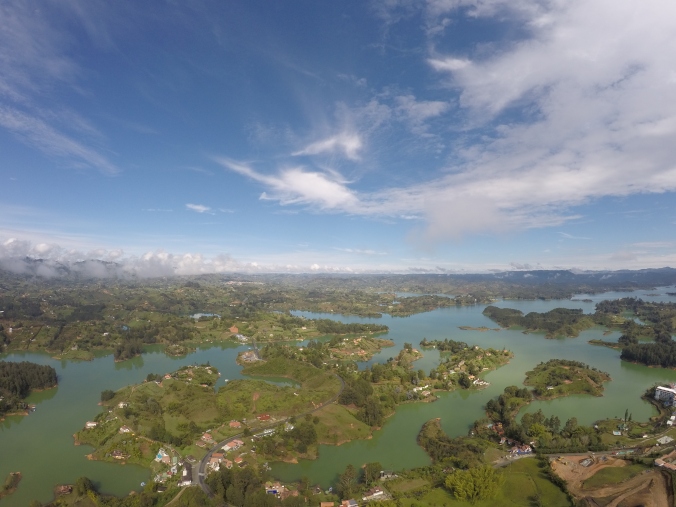
…. then the waterfalls around Alejandria….
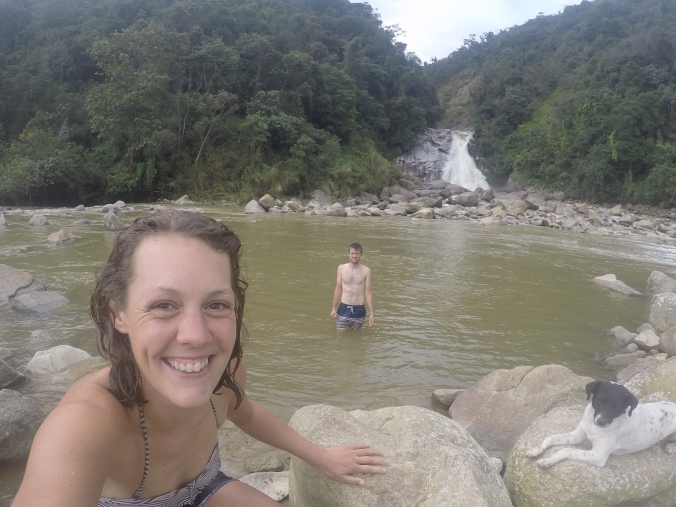
An afternoon dip at the waterfalls near Alejandria, with our new canine buddy
…..the mammoth Magdalena river slicing the country in half and feeding the tropical wetlands around Mompox…
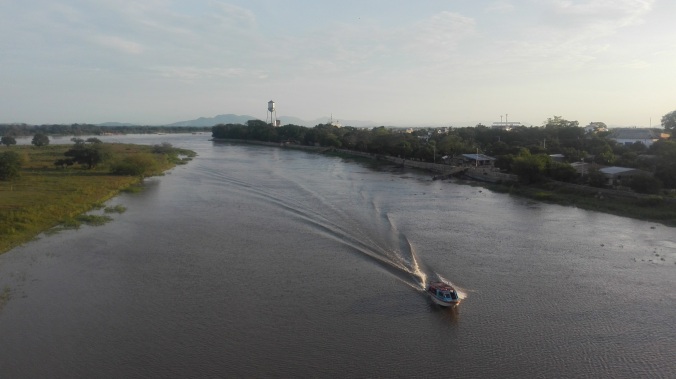
….and finally, the beach!
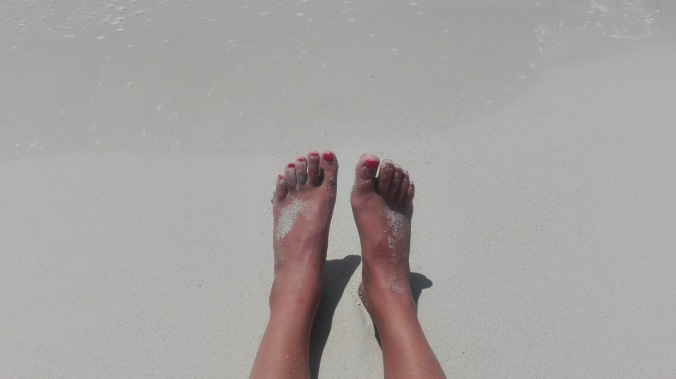
Dipping our toes in the white snds of the Carribean near Cartegena
We couldn’t resist the bizzare Chicamocha water park, which wins the prize for shittest slides, but most incredible location perched on the edge of a 1500m deep canyon….
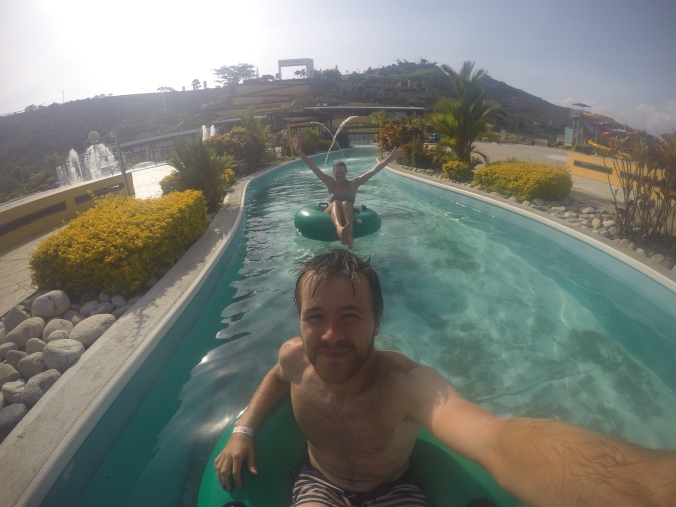
Best. Fun. Ever.
…but best swim spot of the trip goes to the beautiful natural pools at Pescadarito. Even my spectacular face dive on to a rock, and Tom throwing his phone in the pool couldn’t ruin the day.
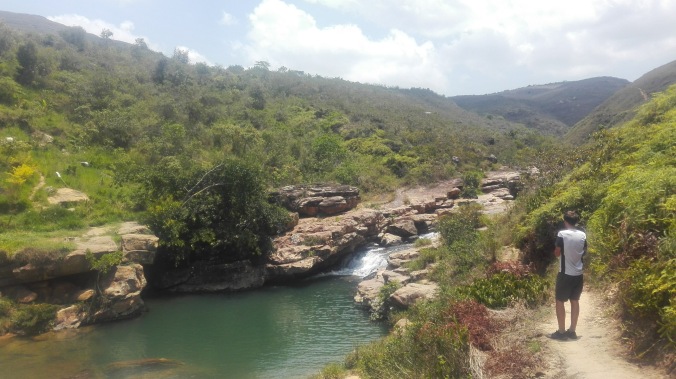
The gorgous pools of Pescadarito (pre face-plant and phone toss)
We spent most of the remaining time in the hills hopping between gorgeous little villages and towns, all trying to outdo each other with their pretty plazas and friendly folks.
Our last big hill climb in Colombia was celebrated in style by me losing the 2nd of my remaining 9 lives in two days. Already sporting a black eye from my face-meets-rock incident, this time the near miss was with a stray truck wheel hurtling its way downhill towards me. In a surreal slow motion and “ohhh….so this is how I’m gonna die!” moment, I managed to get off the bike just in time to hold it in front of me and make the frame to take the impact. Eye’s closed, I waited for the wheel to bounce up and whack me in the head, but thankfully it hit at an angle and shot off back into the road. Lucky.
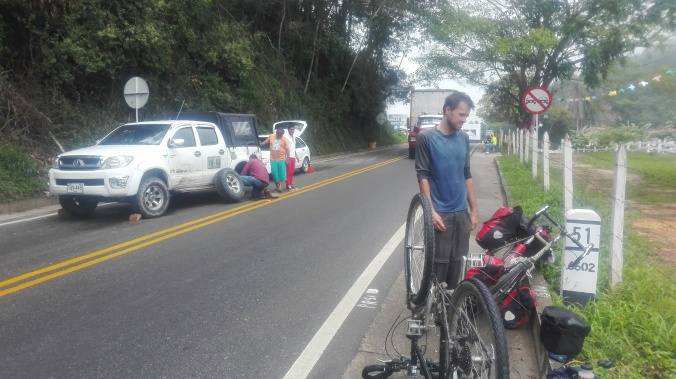
Assessing the damage post impact
Feeling cursed, we tried to get away from the trucks on the highways and back on to some dirt roads. Mud, rocks, and landslides a plenty….but no cars!
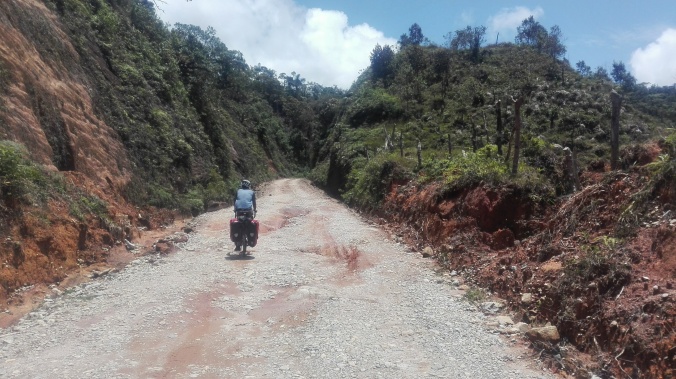
And…relax. Away from exploding cars and into the mud

Spot the bike!! My wheel doing a great camoflauge job with the muddy road
When we finally left the hills behind, it was long, straight, flat, asphalt, stretch through the lowlands to Cartagena. The thermometer hovered around 36 degrees most of the day – a good incentive to cycler faster to create a breeze! The joy of speeding along on the flat after months of constant hills quickly passed and we had to find ways to entertain ourselves….
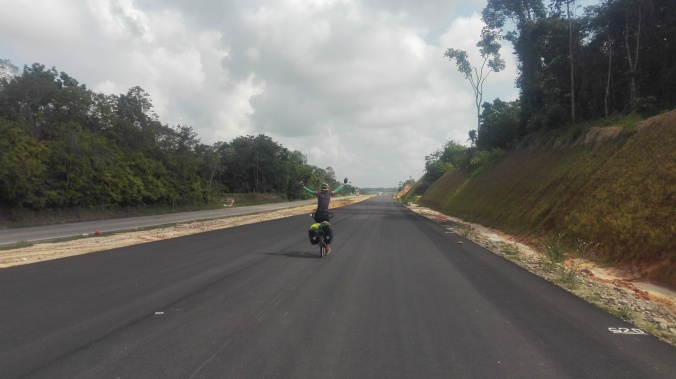
Look mum no hands!
The rush hour traffic in the lowlands was terrible…
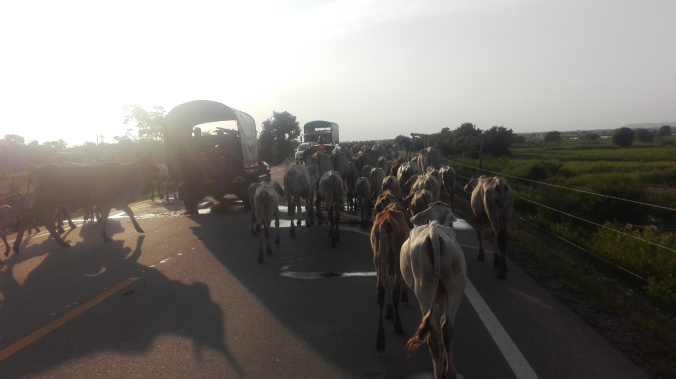
Sunset rush hour on the road to Mompox
….and we made a few friends along the way.
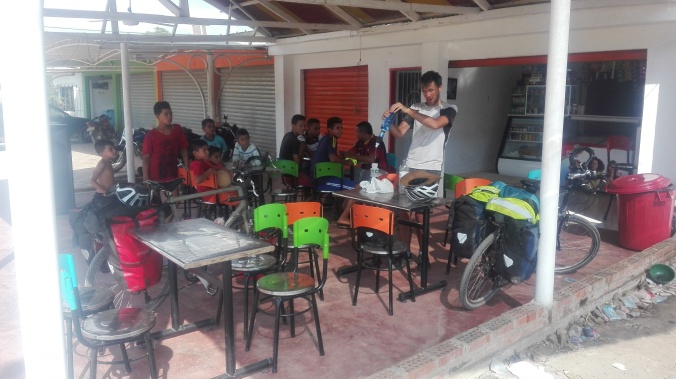
Casing a stir whilst filtering our water in a tiny village mear Mompox. We tried to convince the kids that you put water in one side and squeeze alcohol out of the other
Though it was pretty dull 5 day stretch to the coast, there was one wonderful exception. Mompox! A sweltering, sleepy, beautifully restored colonial era village, sitting on the banks of the Magdelena and packed with churches and plazas. We arrived in the middle of the biggest holiday in Colombia – Semana Santa (Easter Week) to a town buzzing with life. Well, buzzing with life after 5pm. Nobody else was crazy enough to be out in the heat of the day!
A mischievous local threatened to wreak havoc on the annual Mompox floor mural competition. Glittering paw prints last seen heading away from the scene of the crime…
Finally the end was in sight, and we were bound for the coast. A big old river was in the way though, and bridges hadn’t quite reached this little corner of Colombia yet….
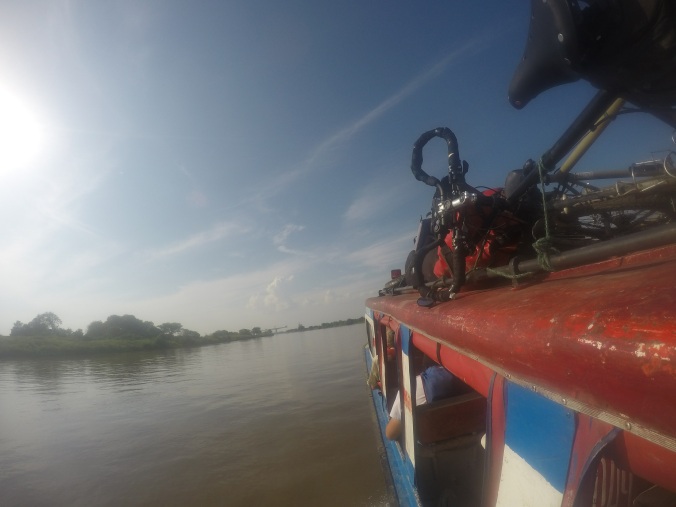
A very nervous ride with our bikes balanced on top of the speed boat to cross the Magdelena
Our last night was spent in fitting style, with a room above a Chinese restaurant on the outskirts of the city, drinking Club Colombia beer and eating salchipapas (the biggest crime against food that has followed us all the way through South America), vallenato music blaring all around. We were happy to spend a final night in true Colombian style before rolling into mega-touristy Cartagena.
Which we did, the next day, a fantastic last 10km around the 16th century city walls and right up to the Carribean sea. 11 months to the day since we set off from the Atlantic in Rio, the road finally ran out. What a blast it was.
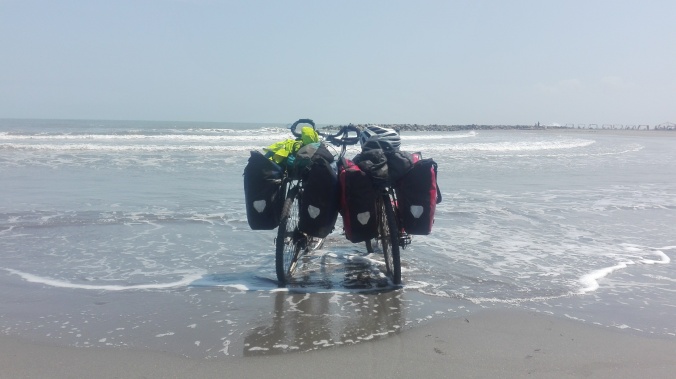
The end of the line – the Surlys enjoying a Carribean dip.
















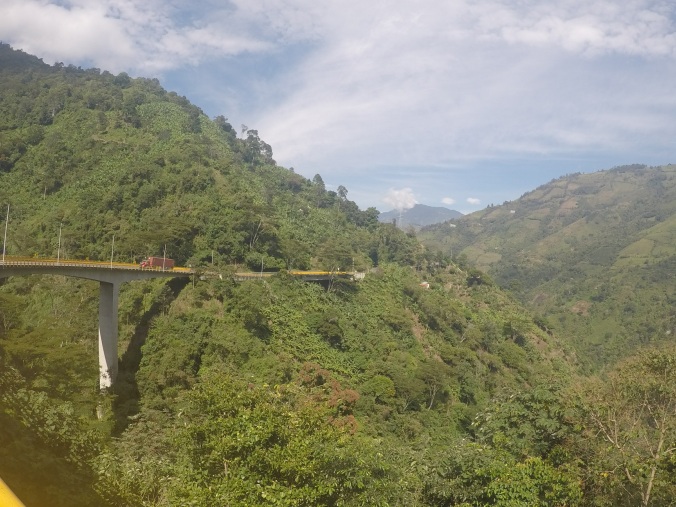
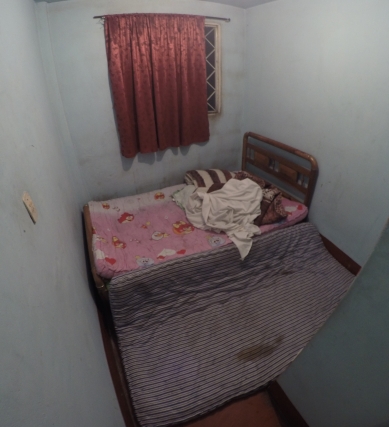

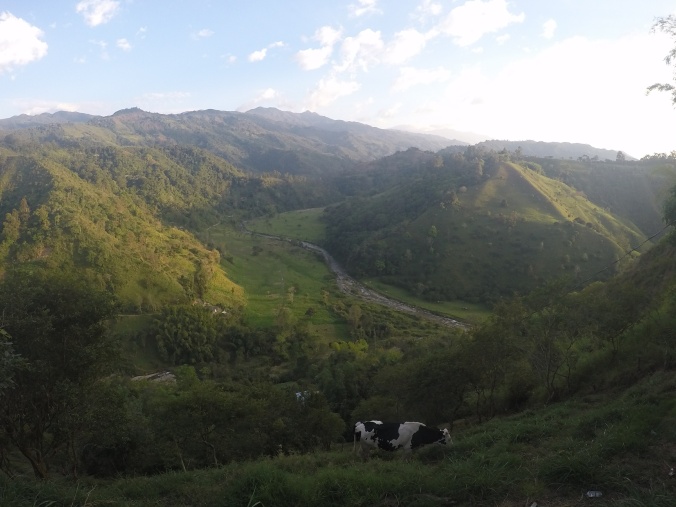
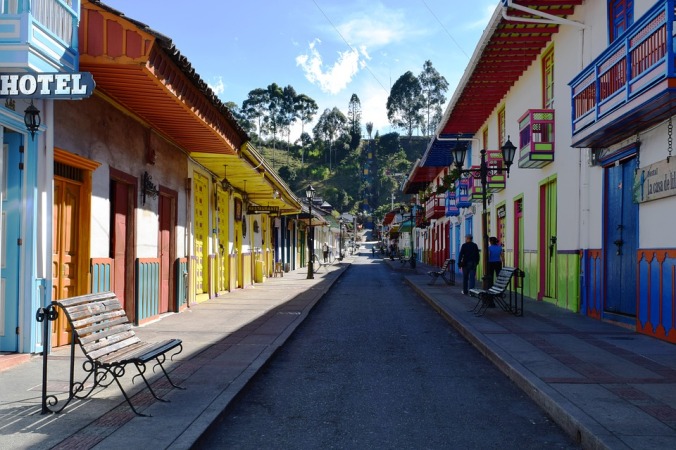


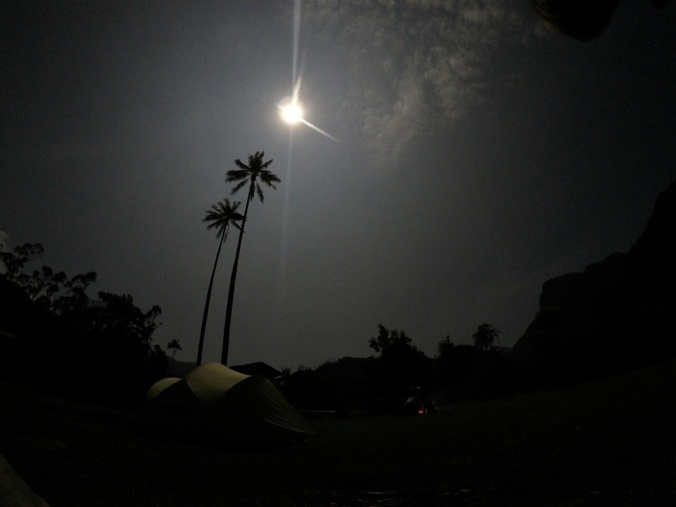
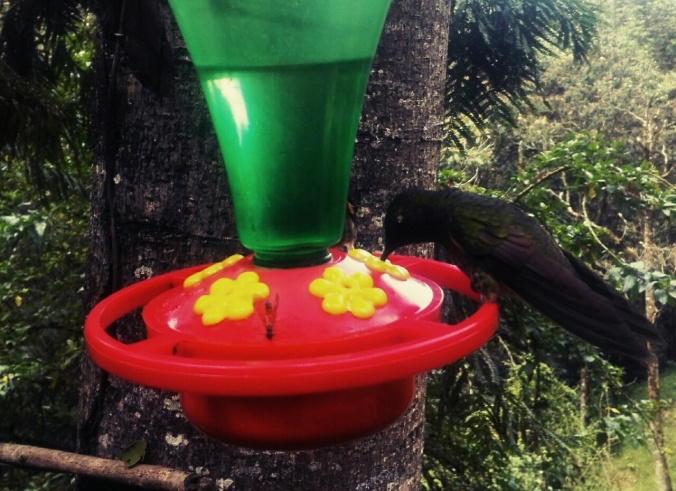
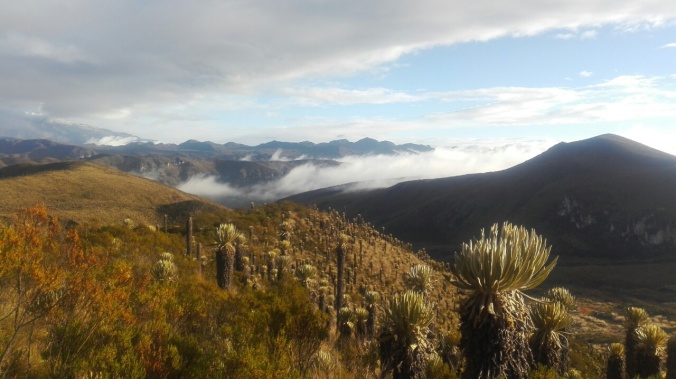
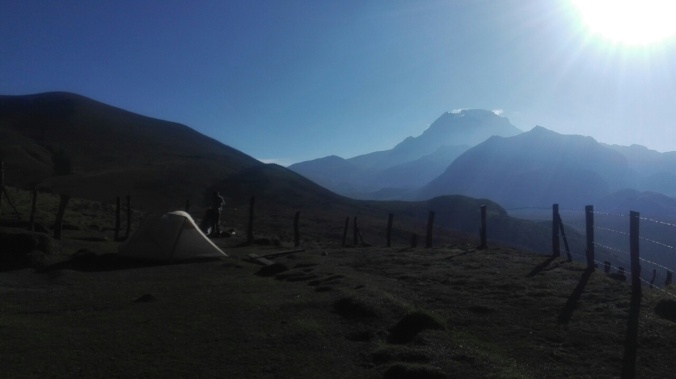

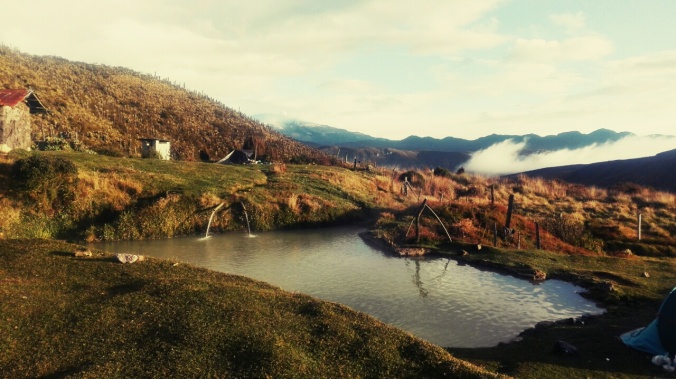
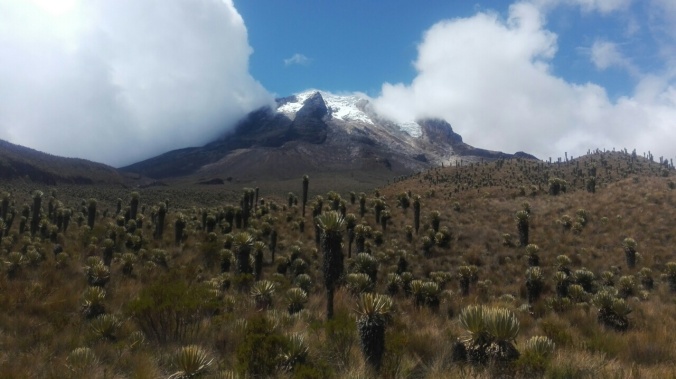
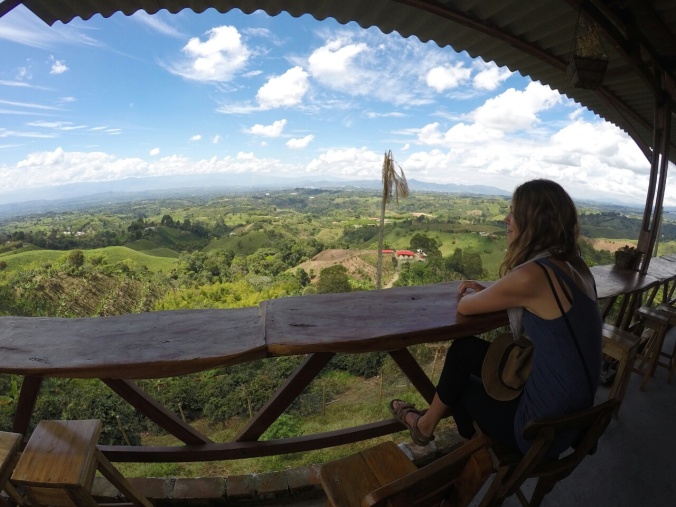
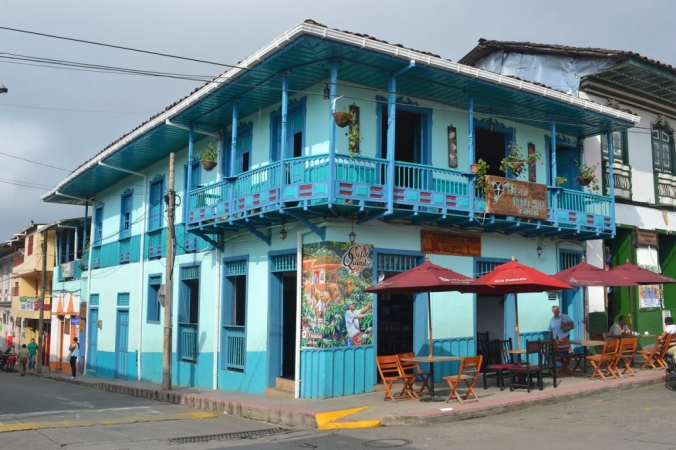
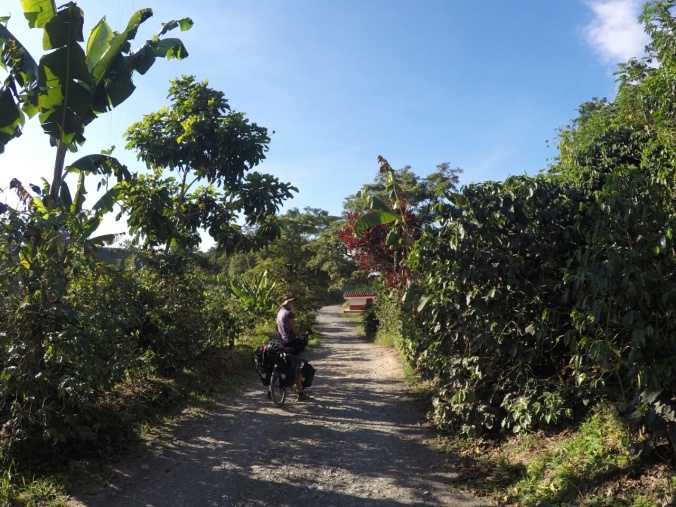
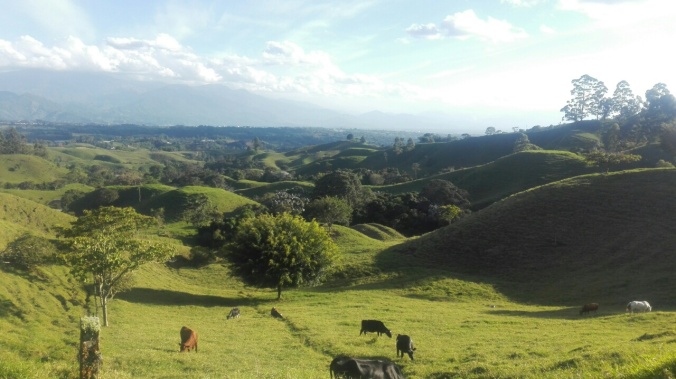 The rolling hills of the coffee region
The rolling hills of the coffee region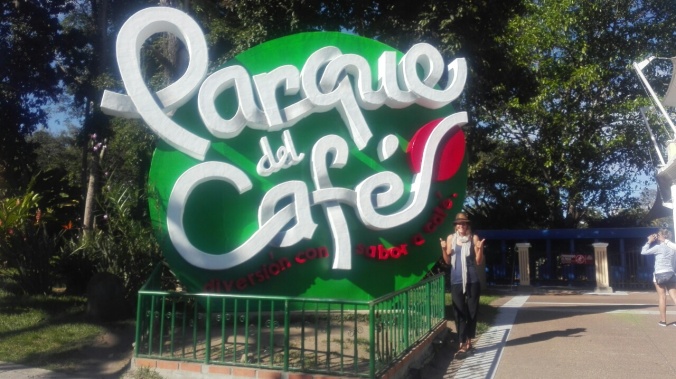
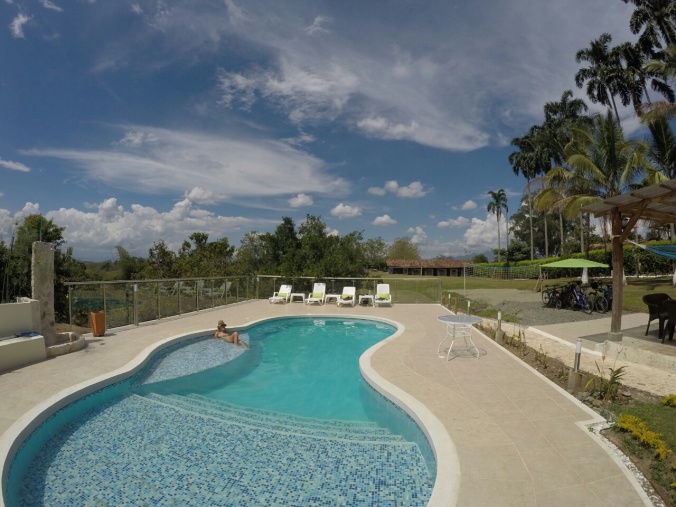
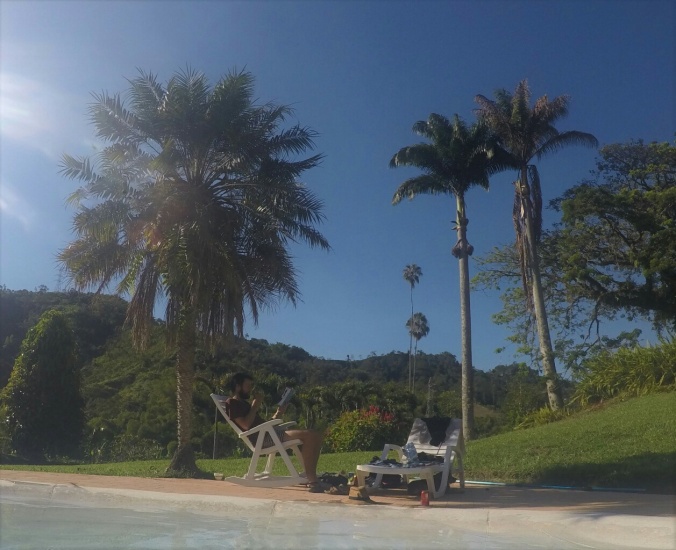


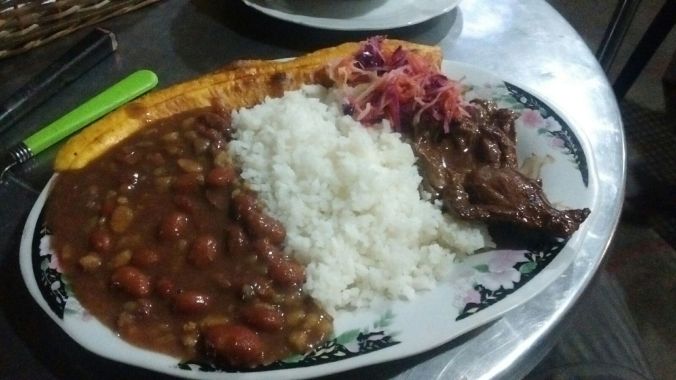


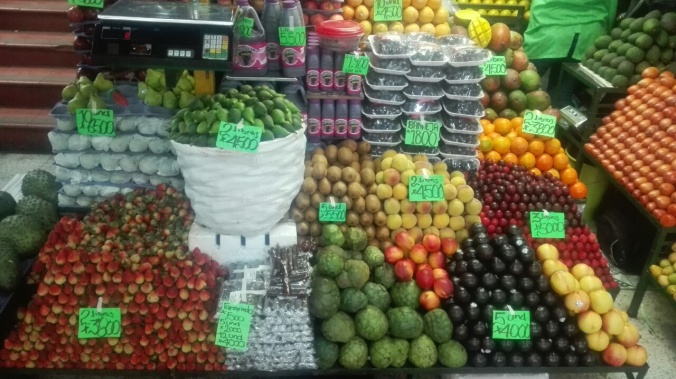


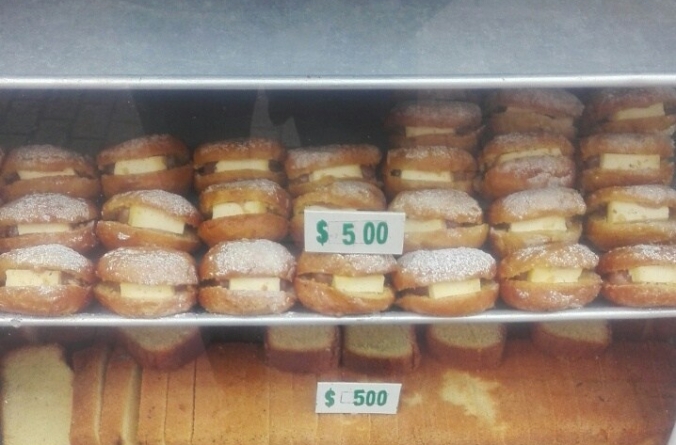
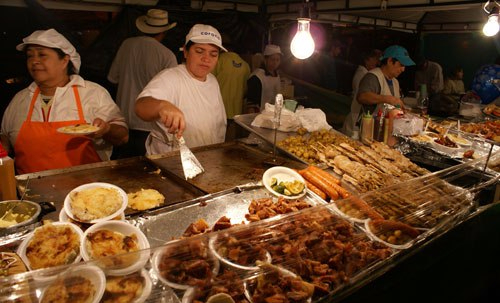


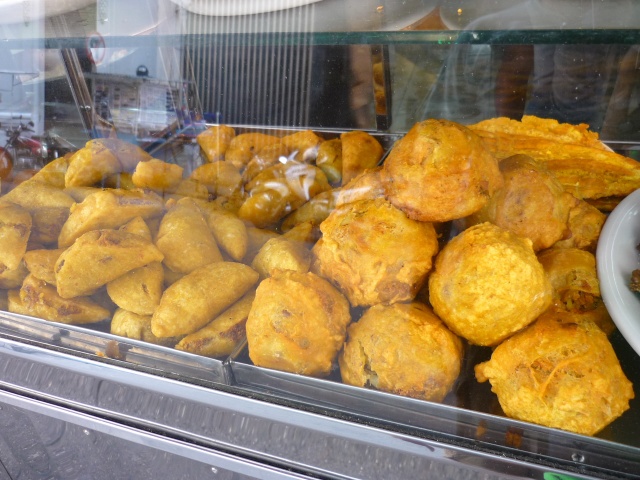
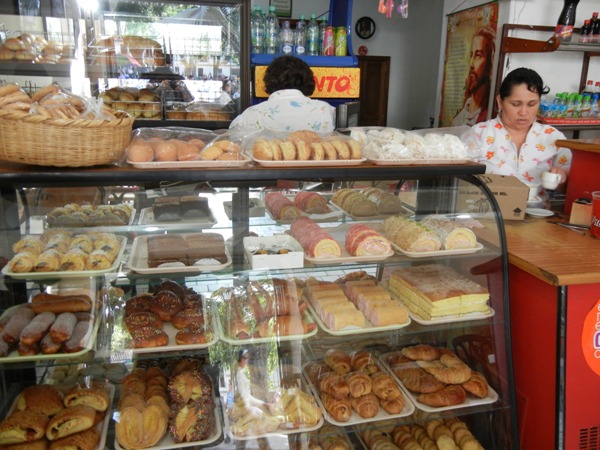
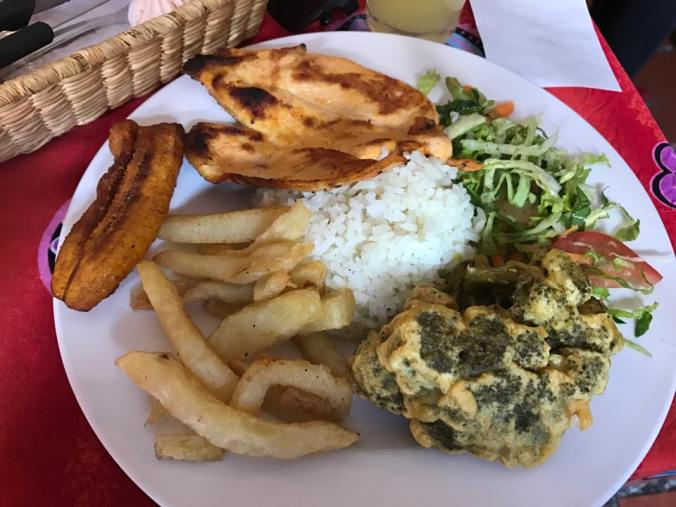
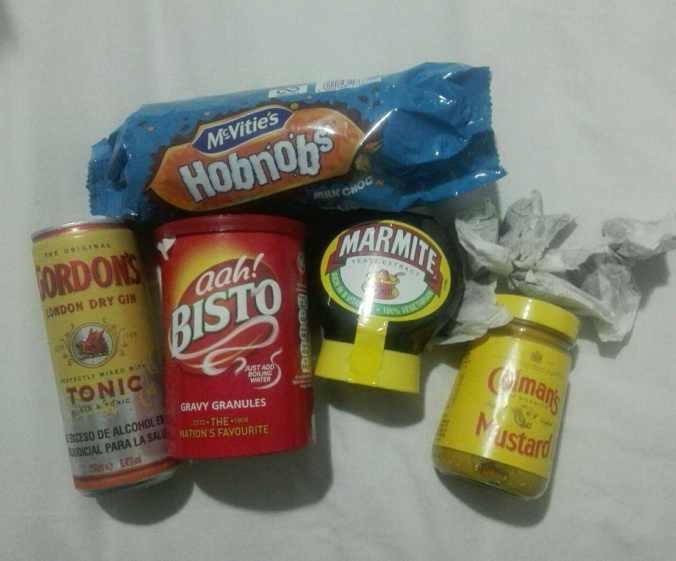

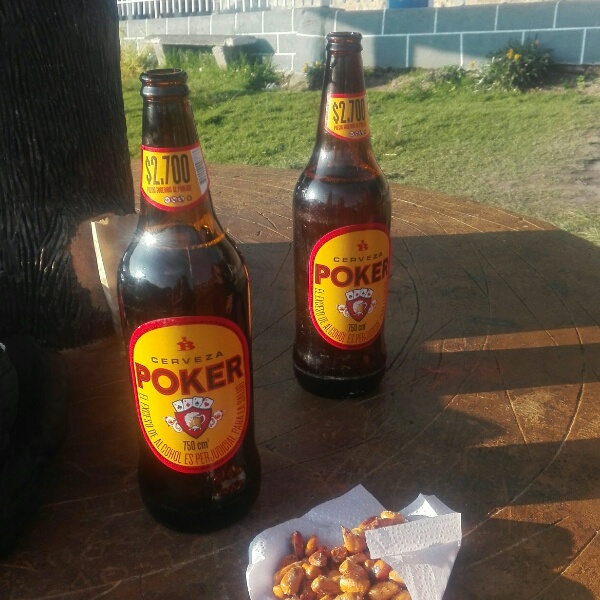
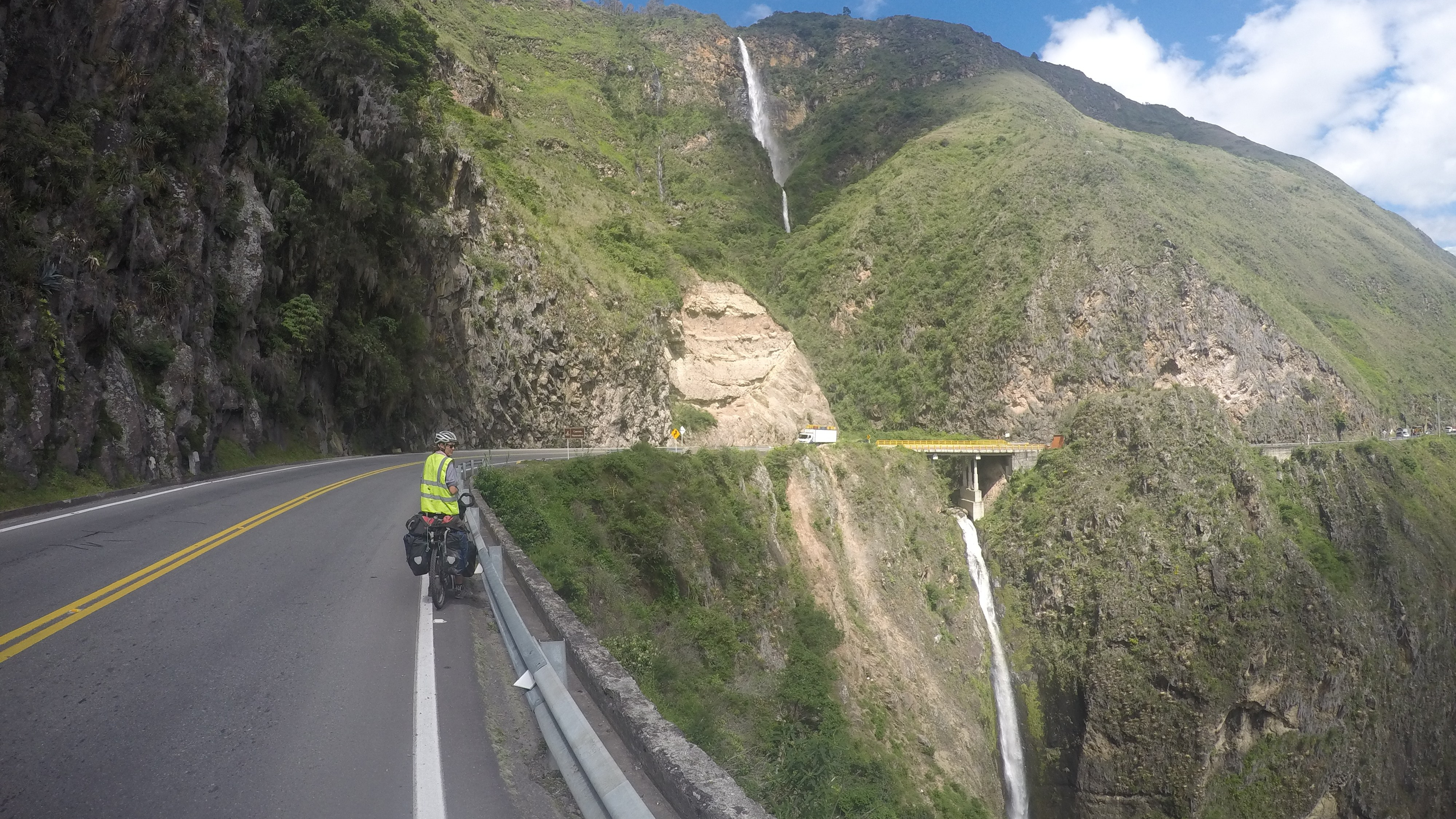

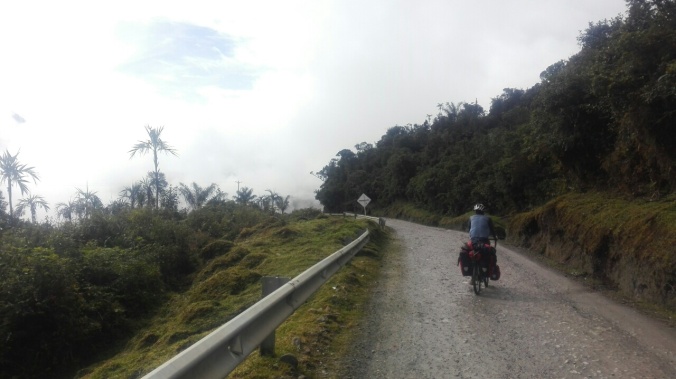
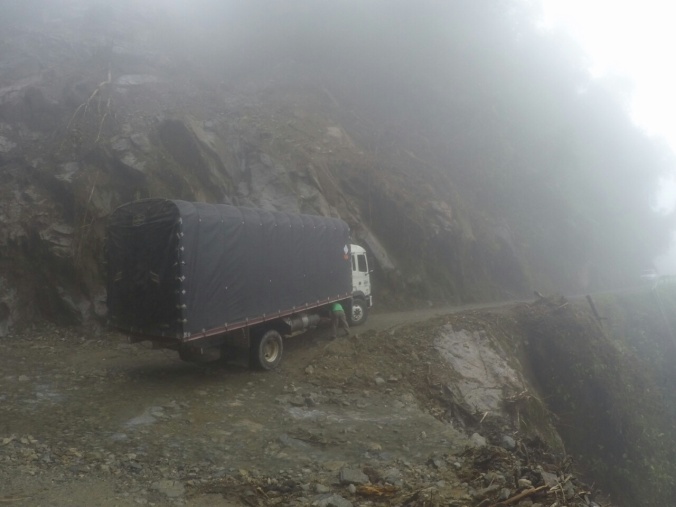
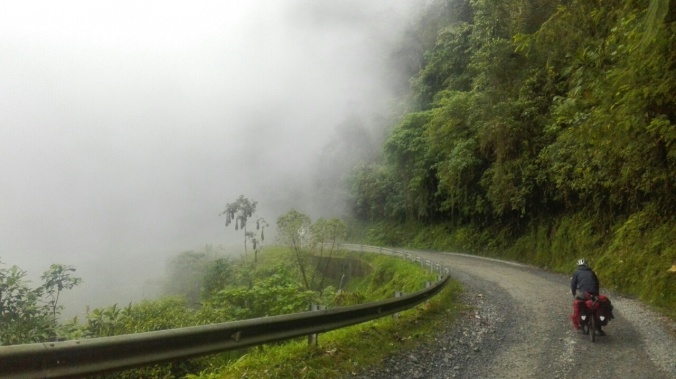
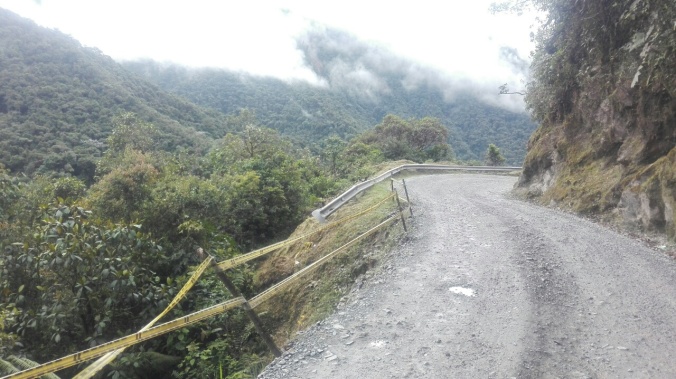
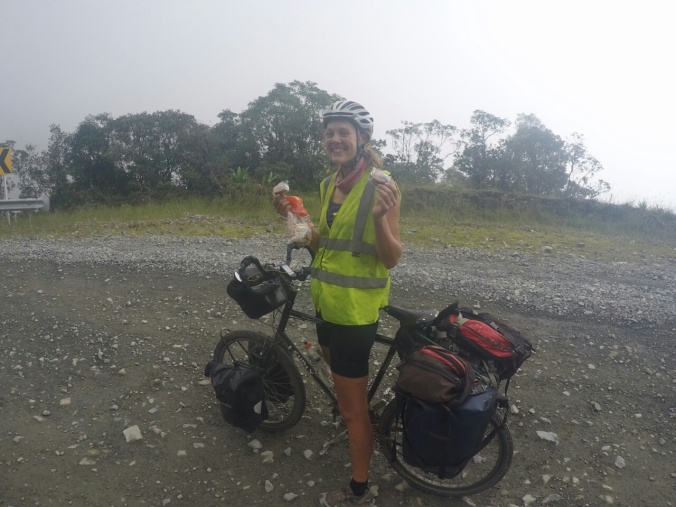
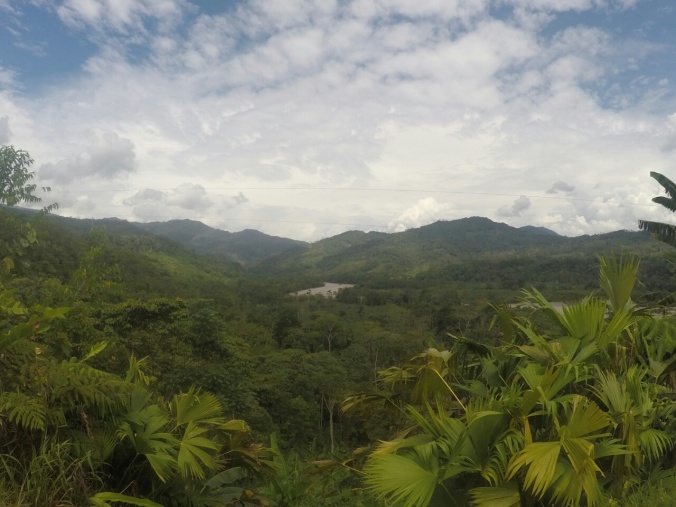






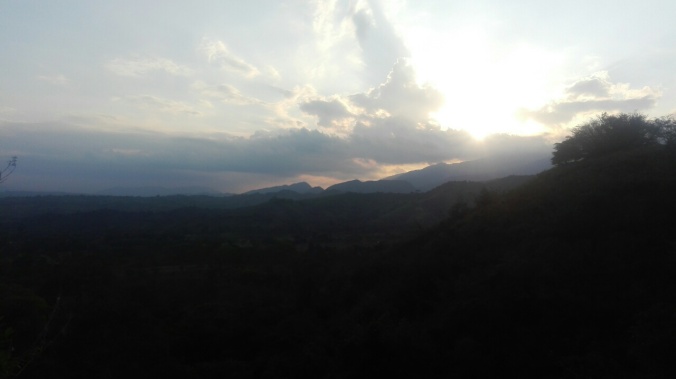
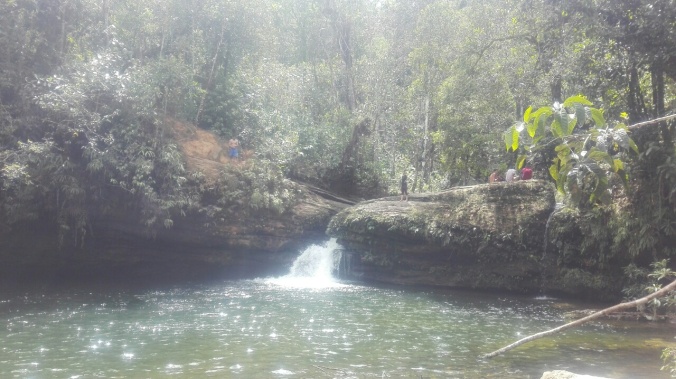



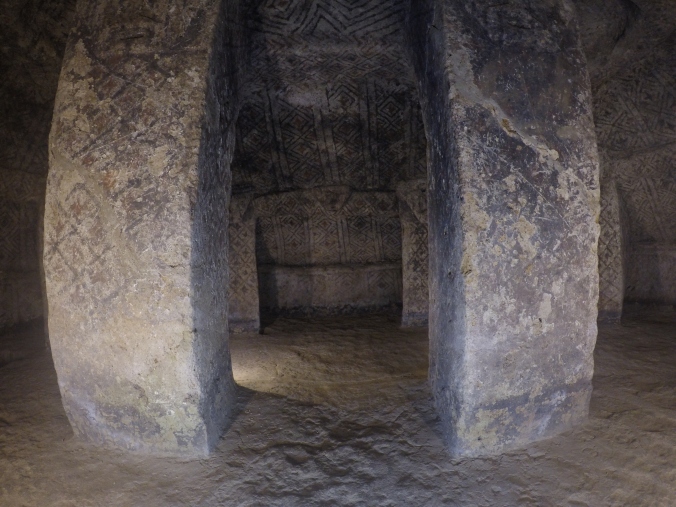
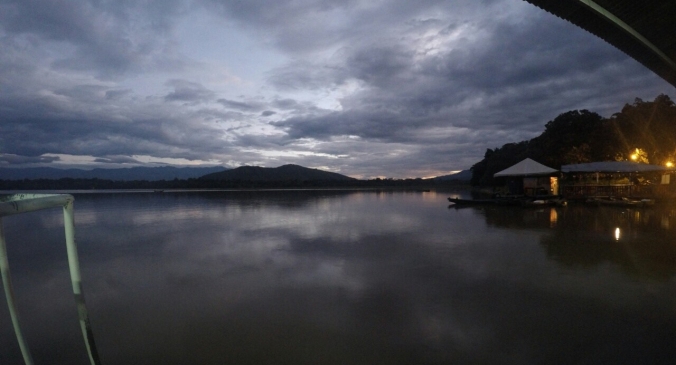
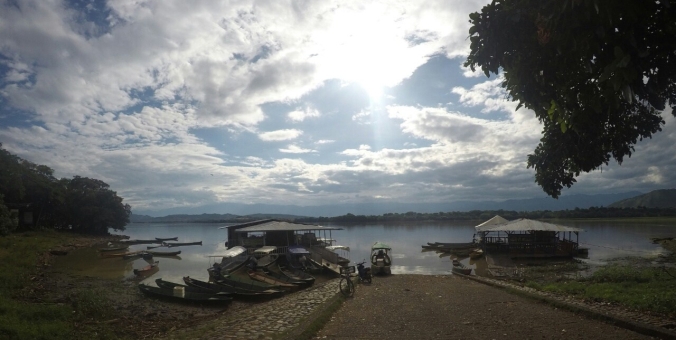
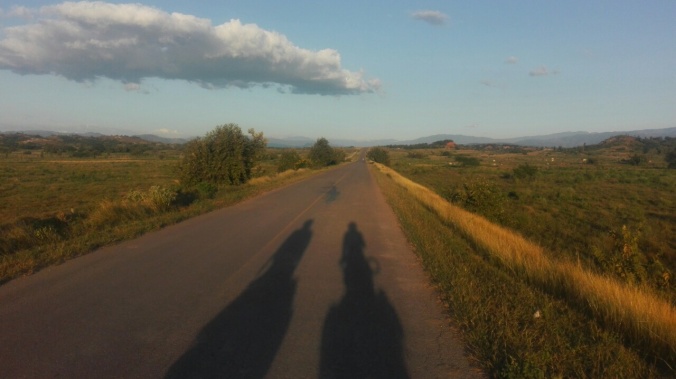
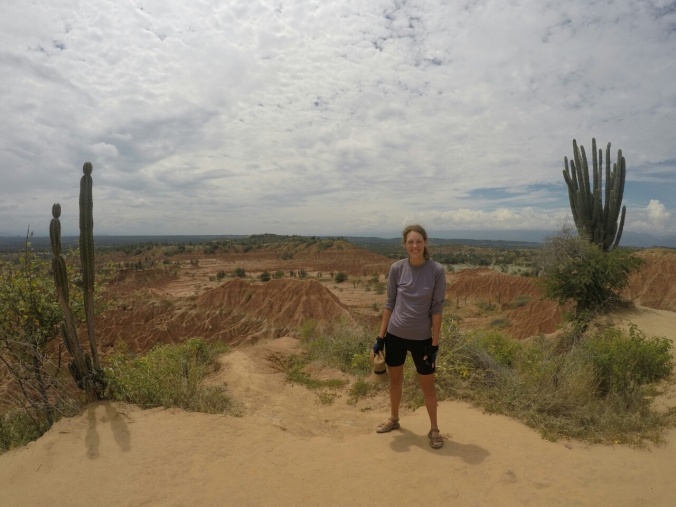
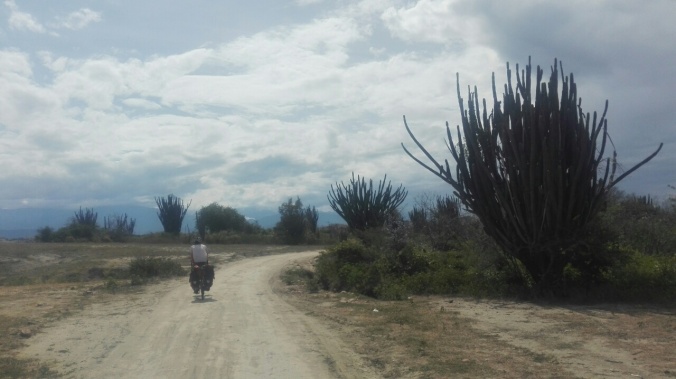
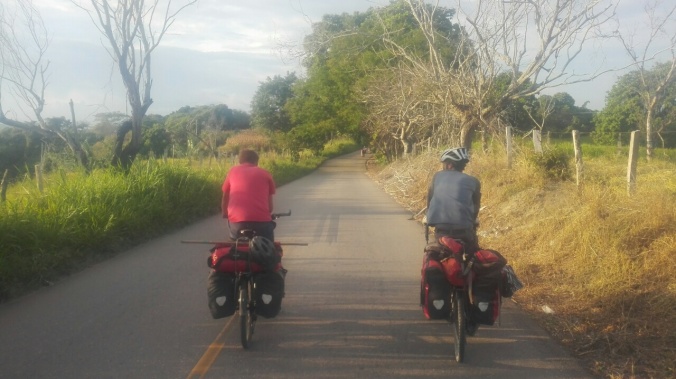
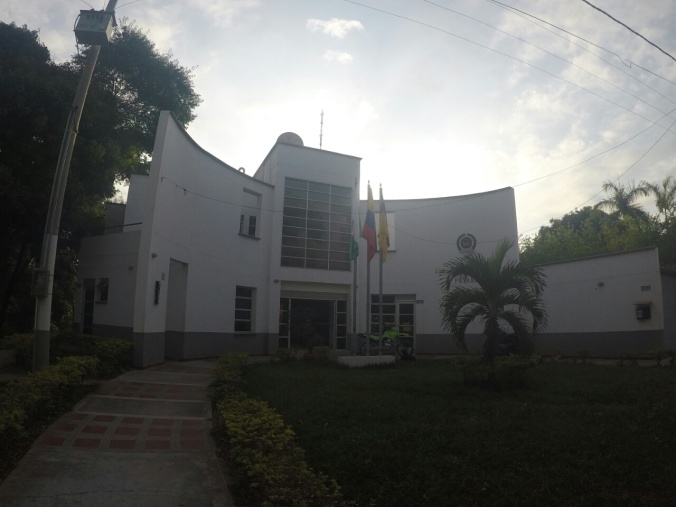


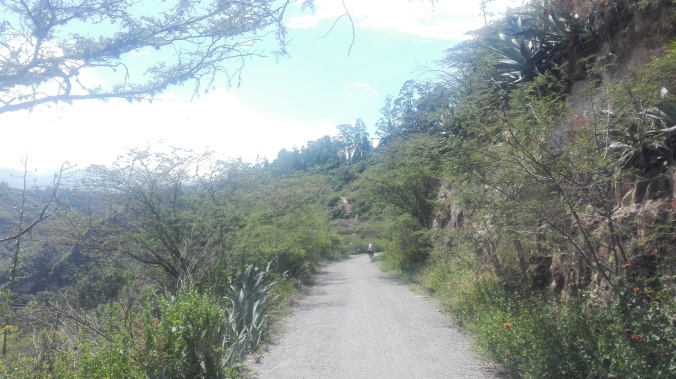
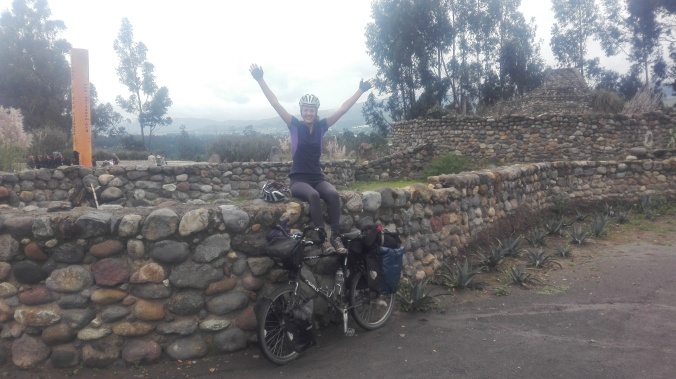
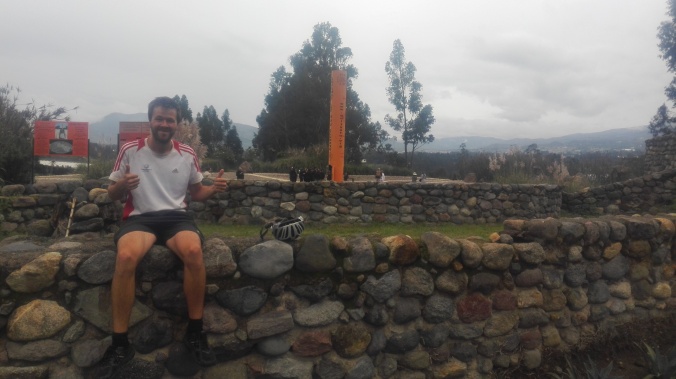
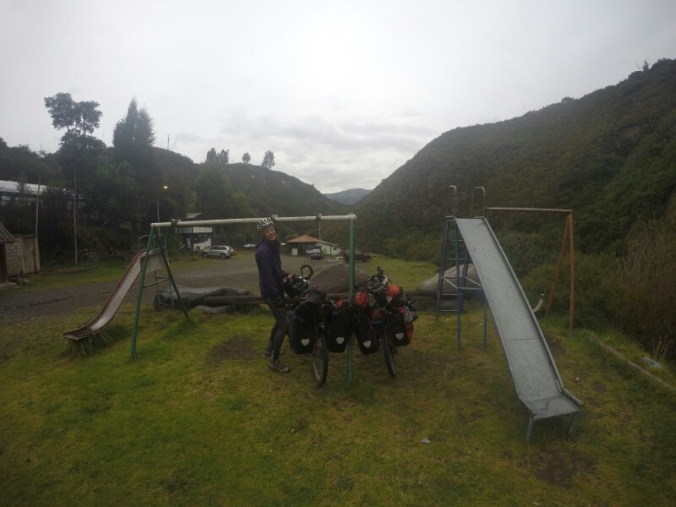
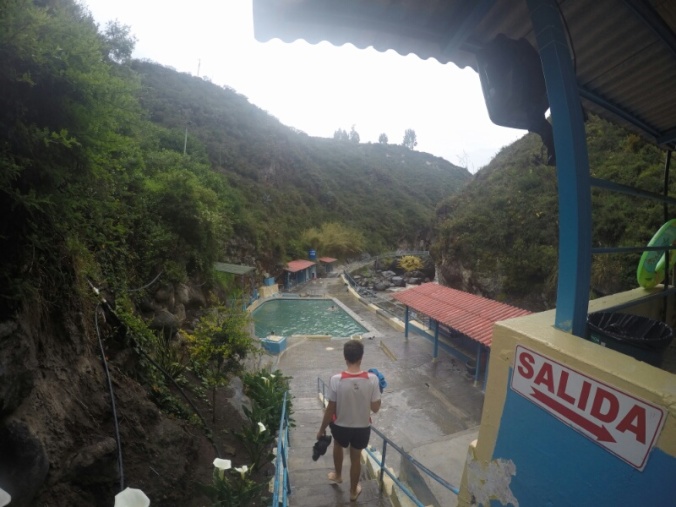
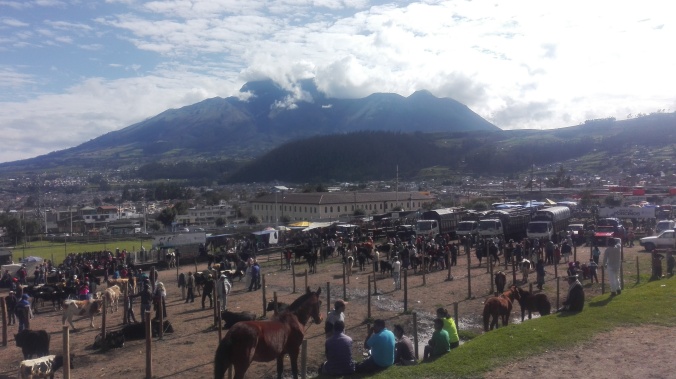
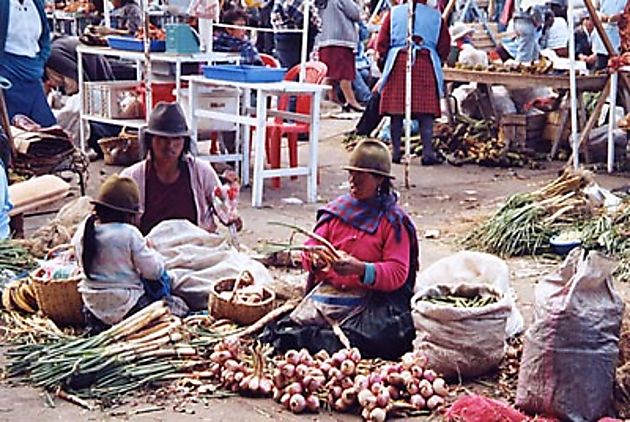
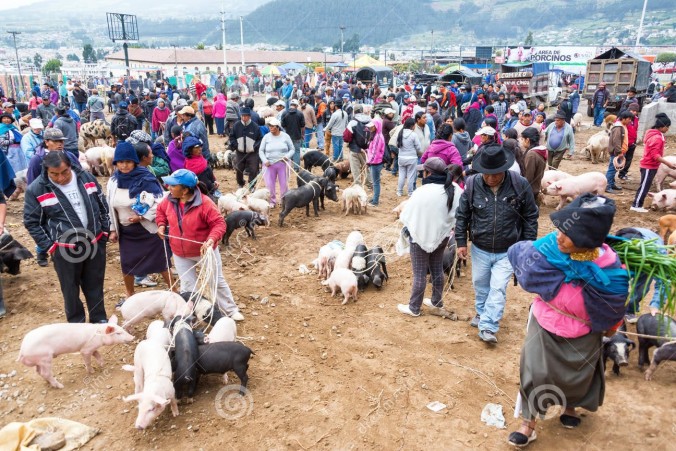
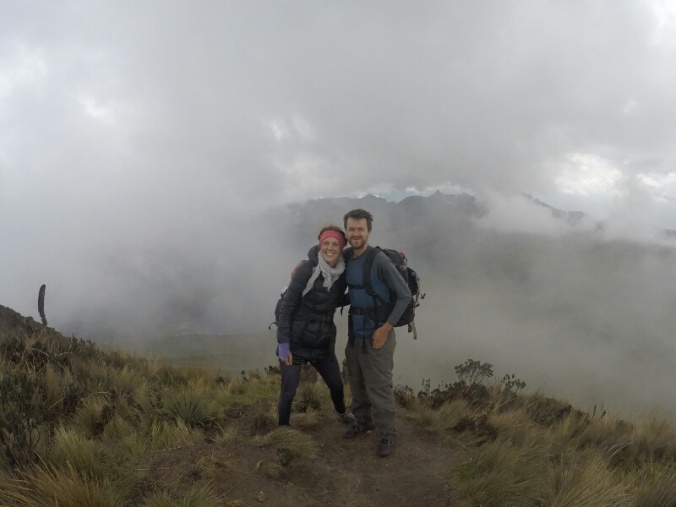

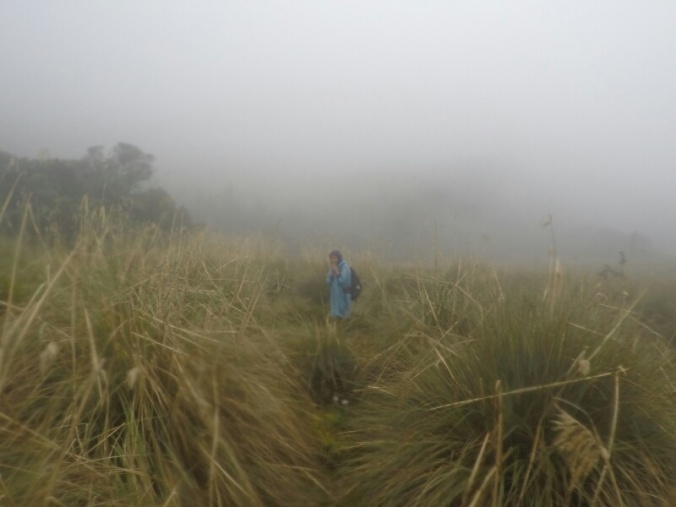
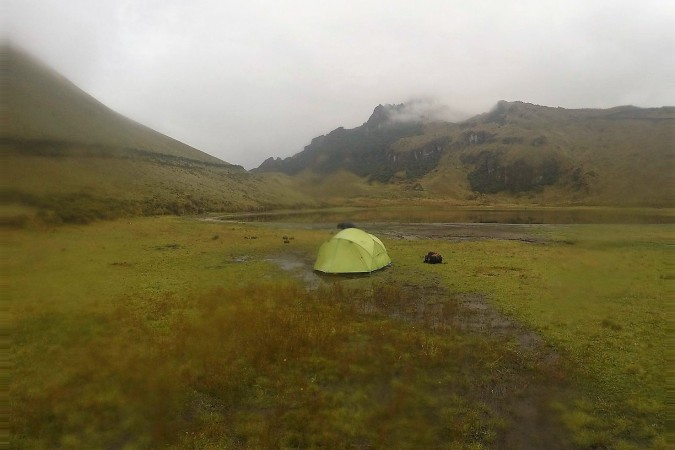
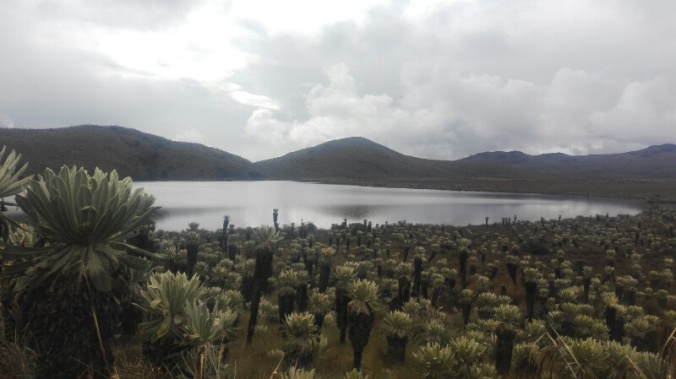
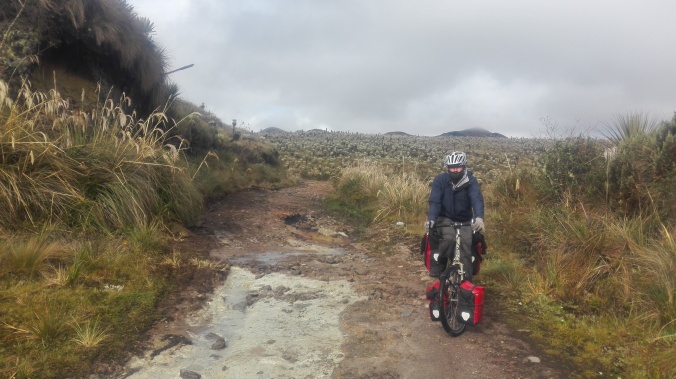
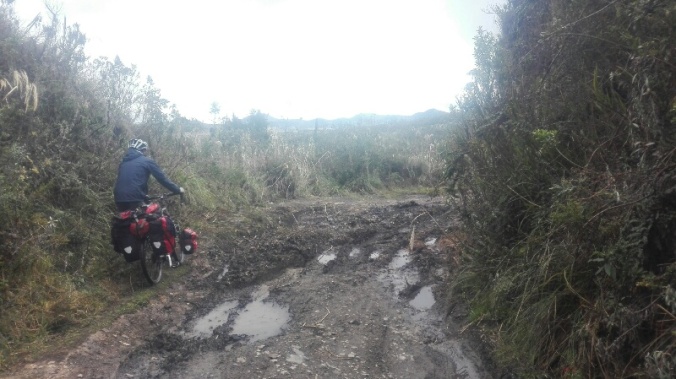
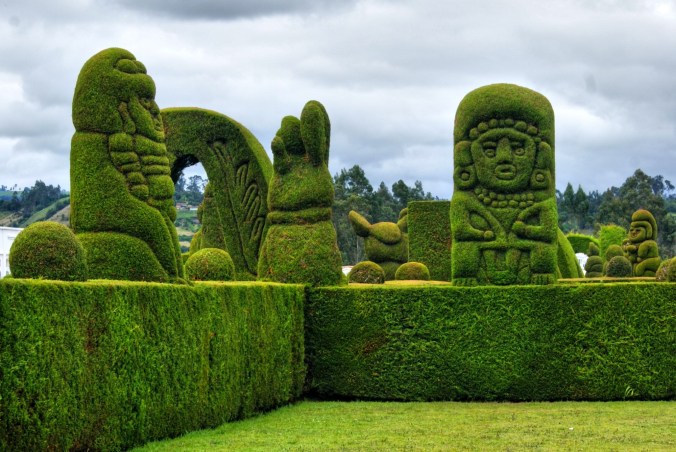
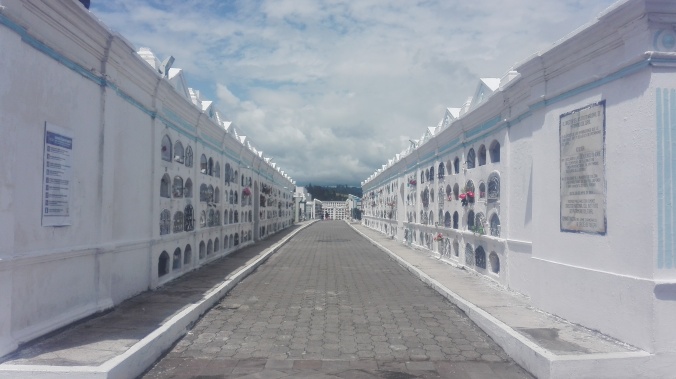
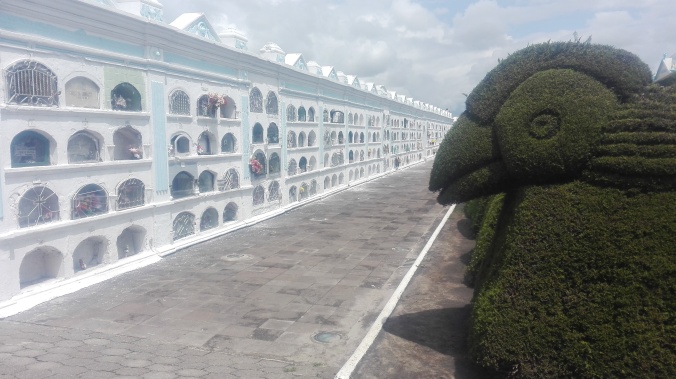
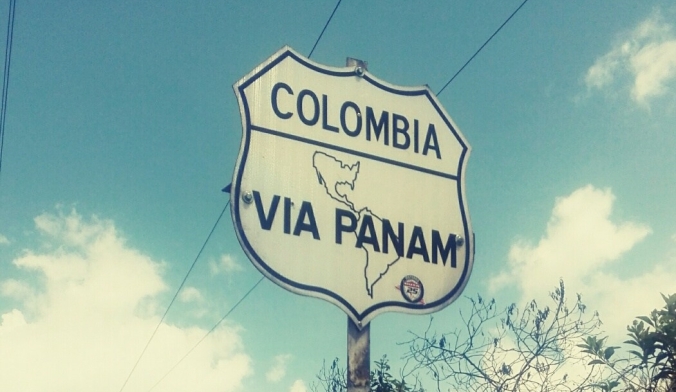
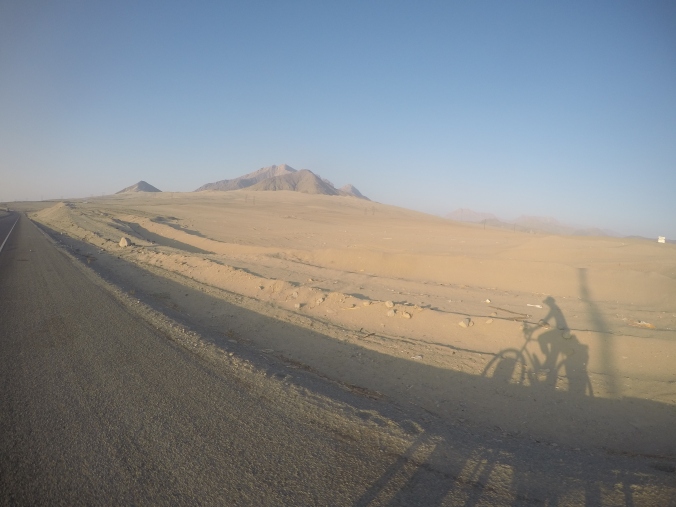
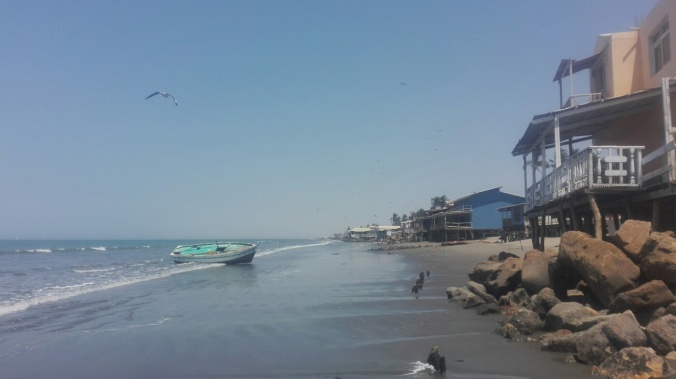
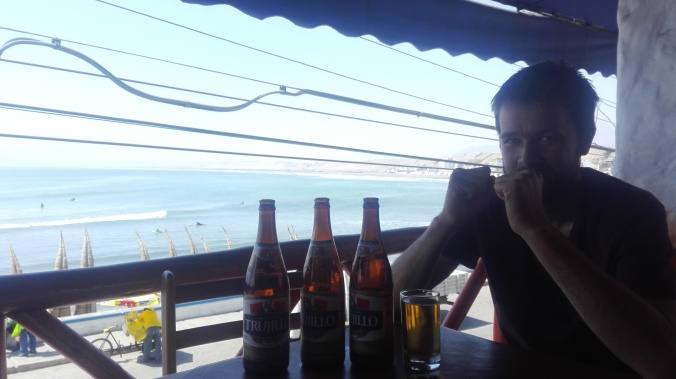

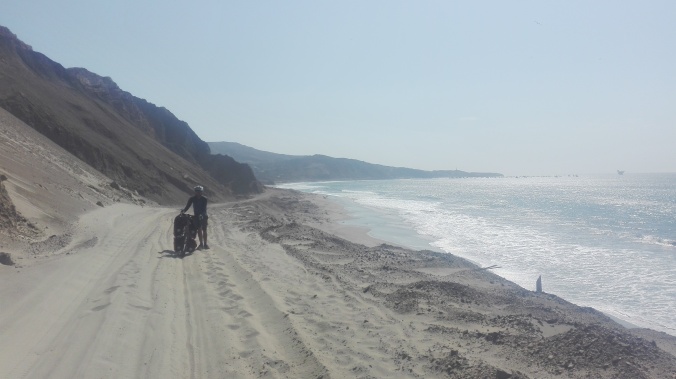
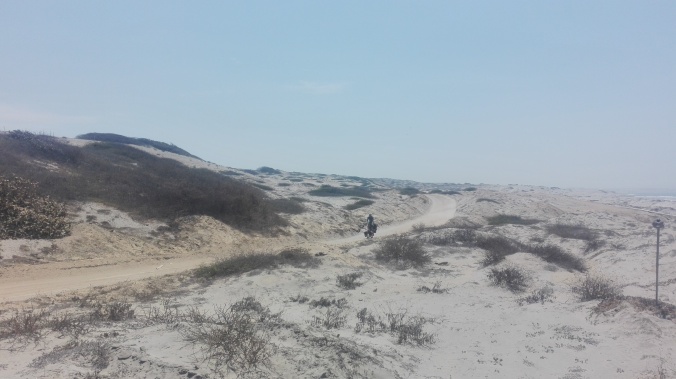
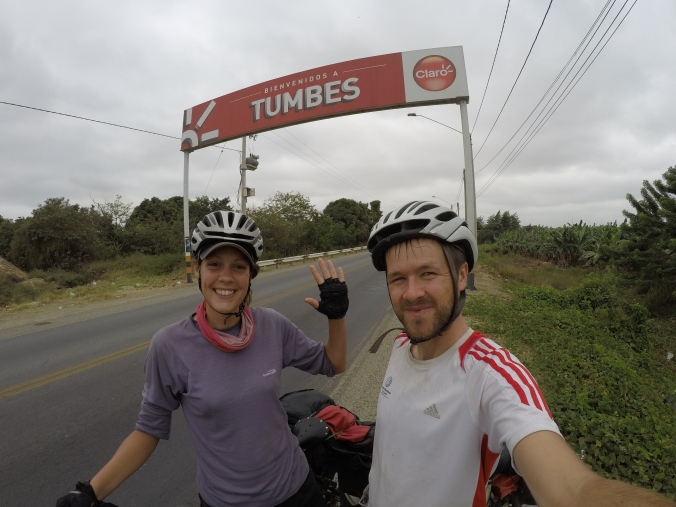
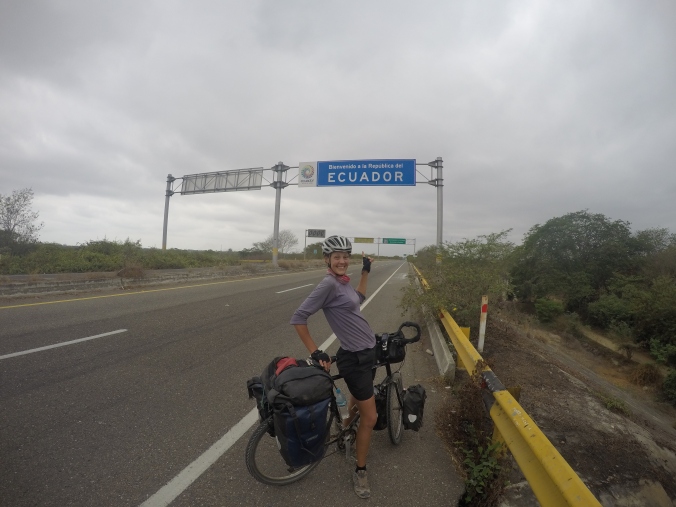
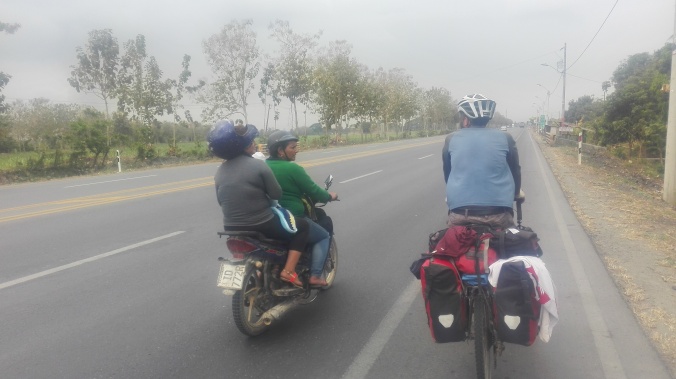






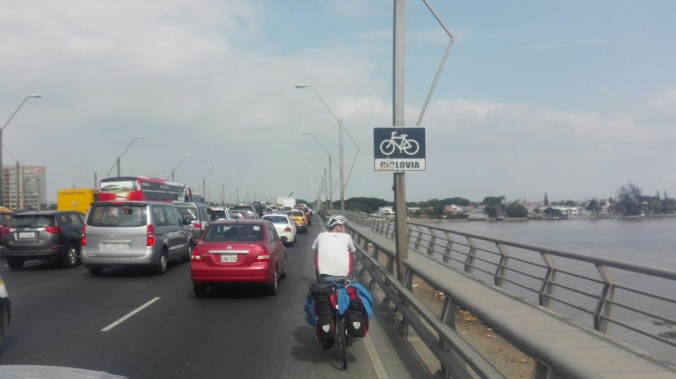







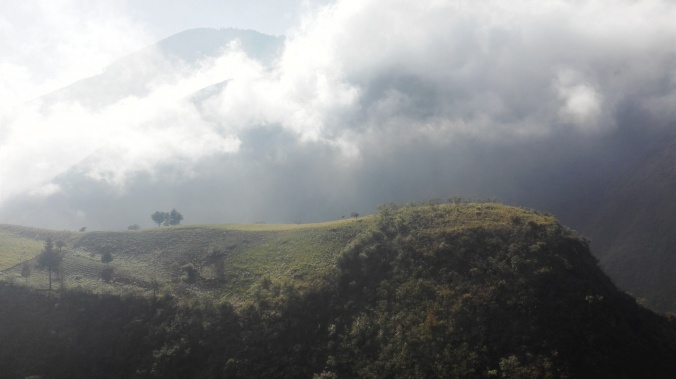






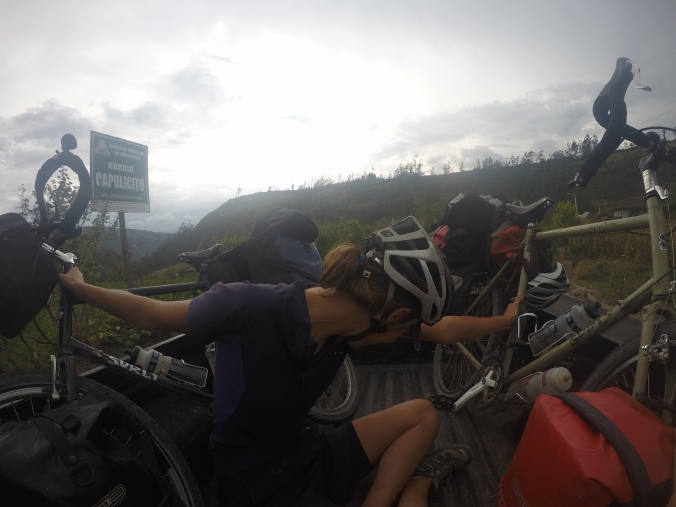
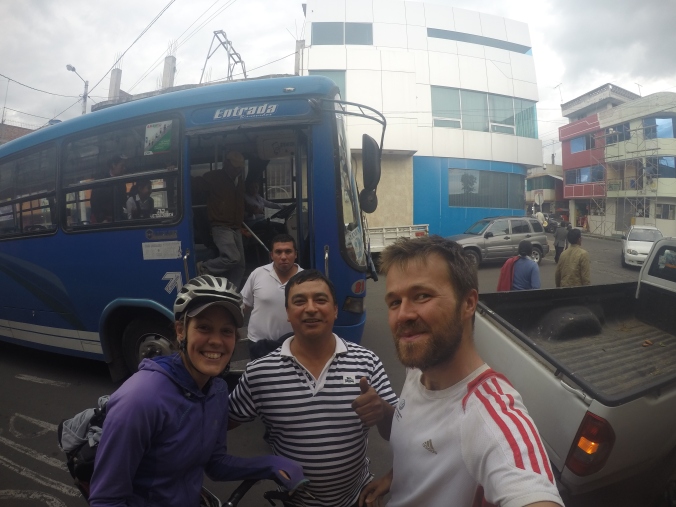
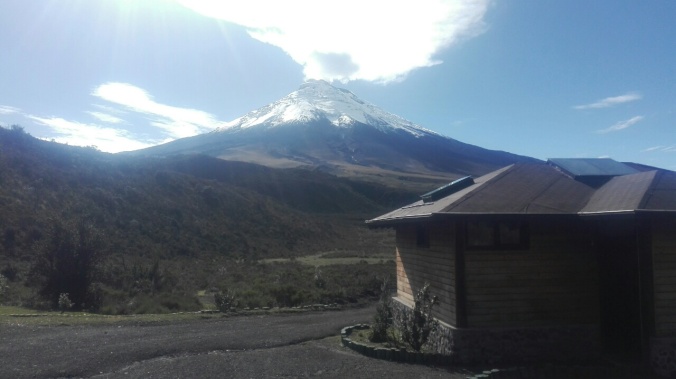
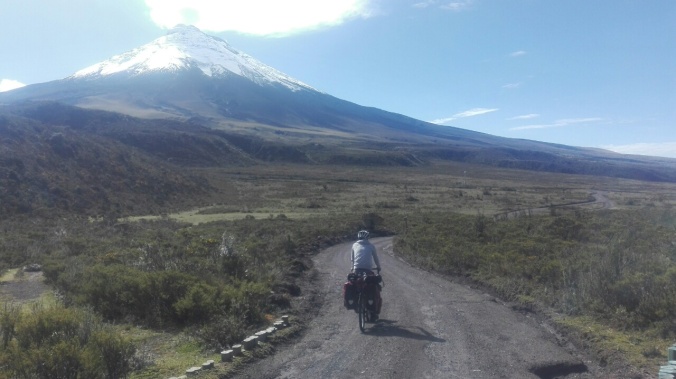
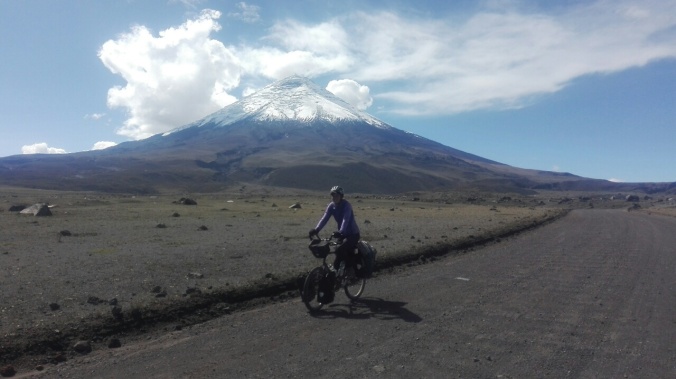
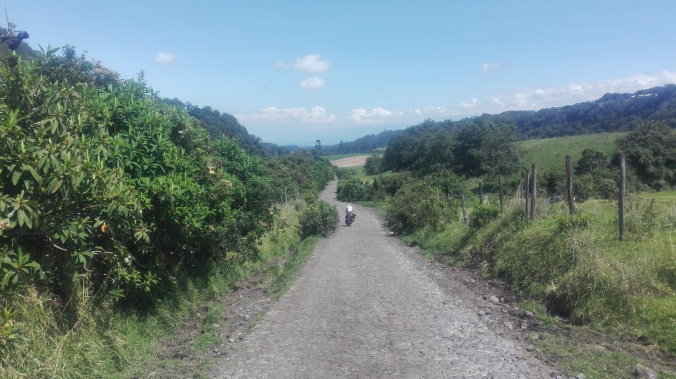




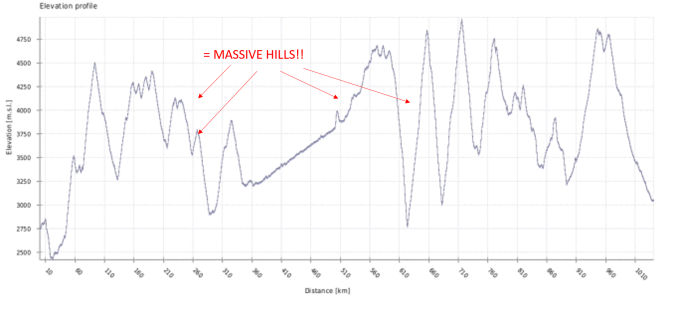
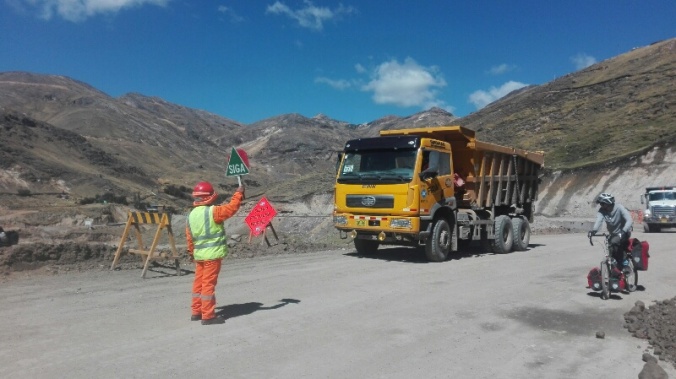
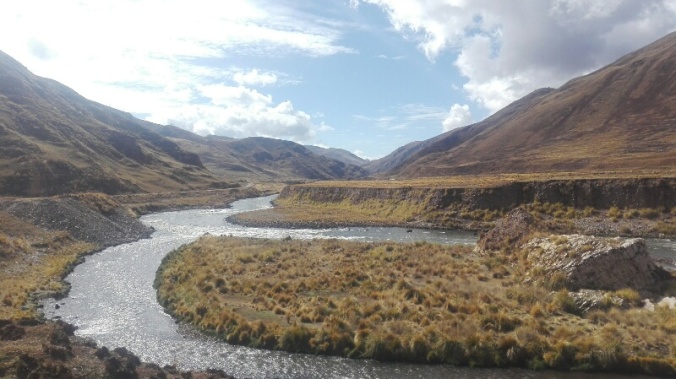

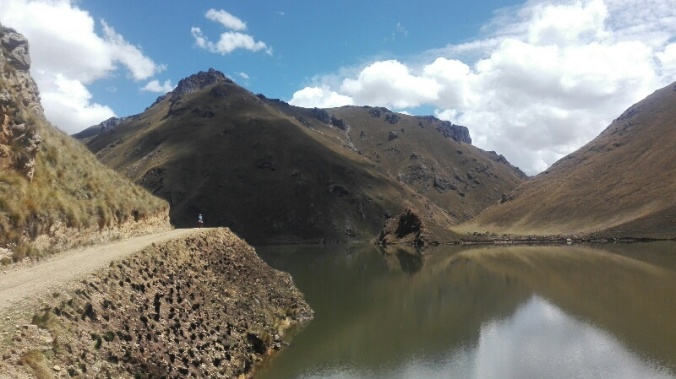
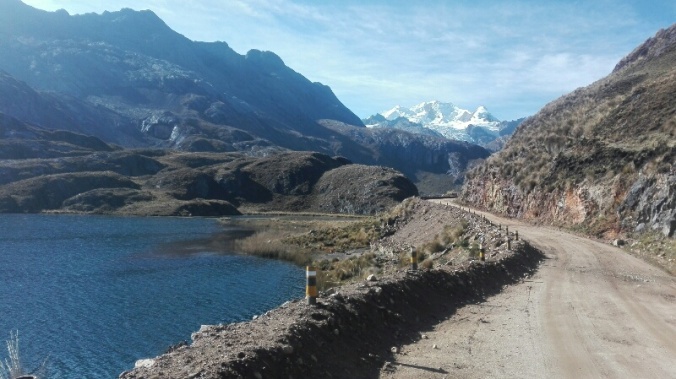
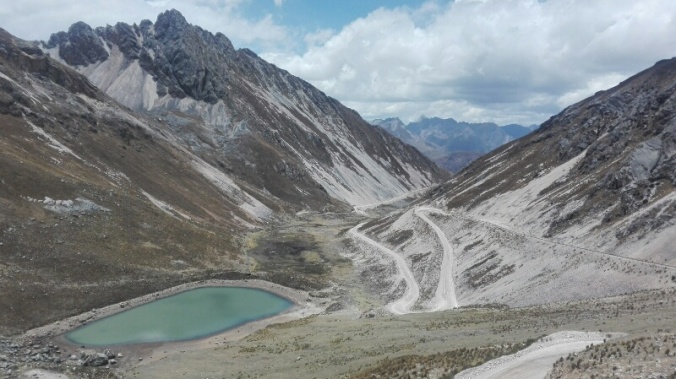
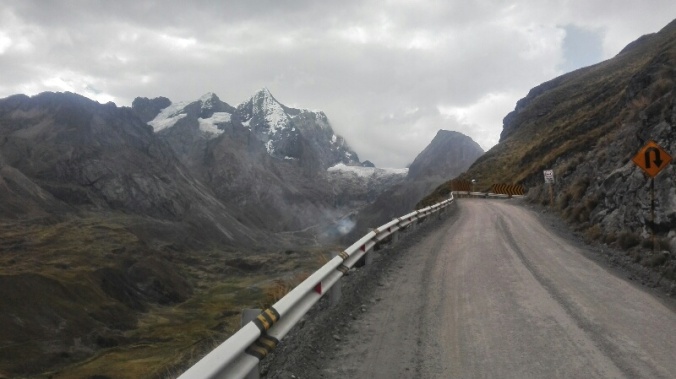

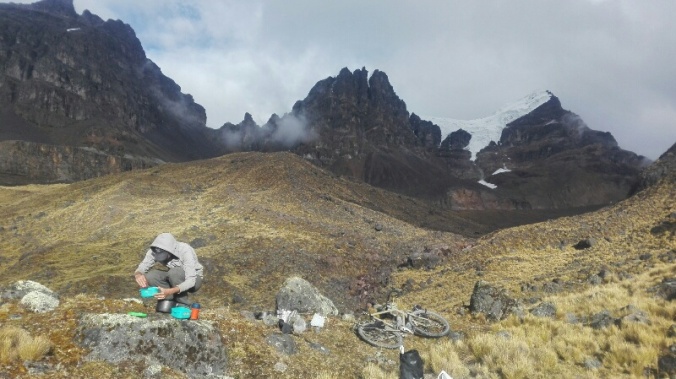

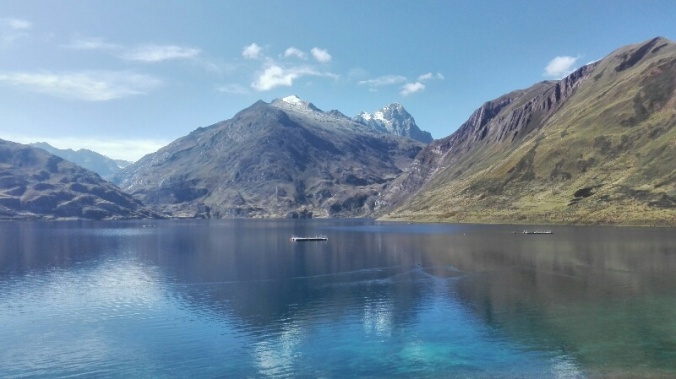
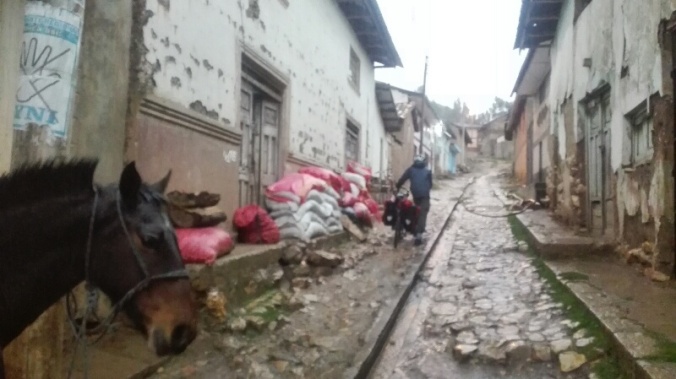





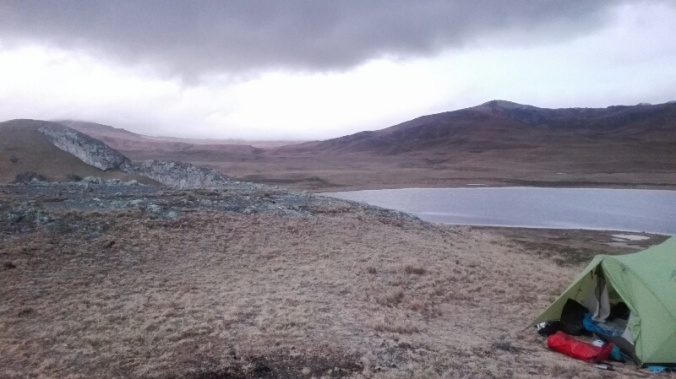




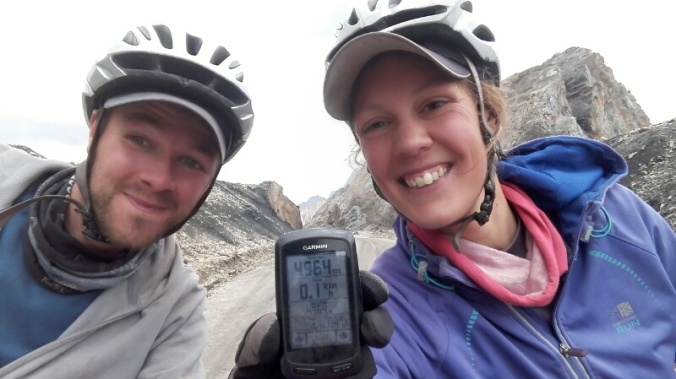
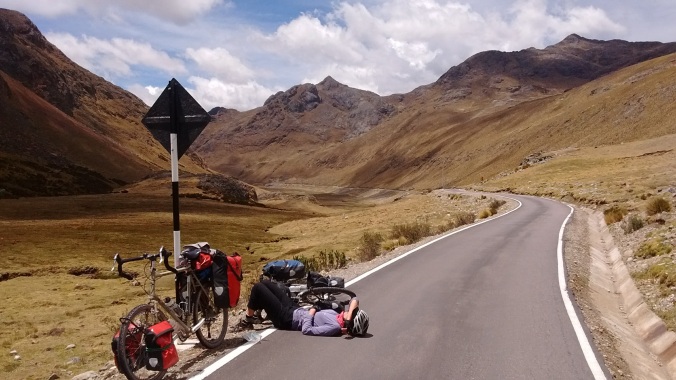




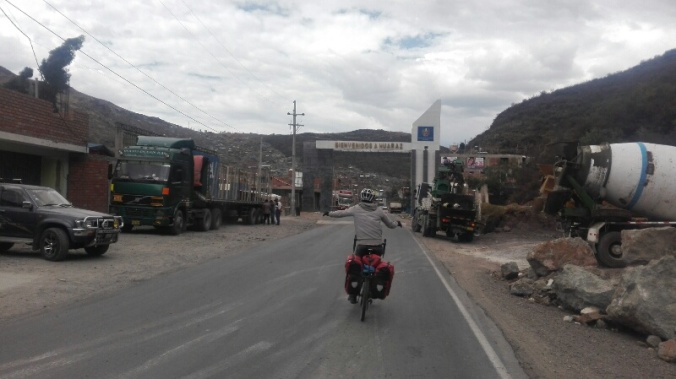


















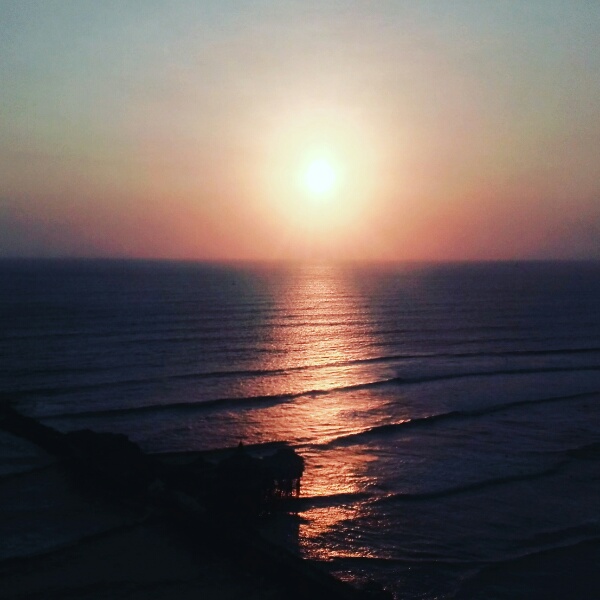
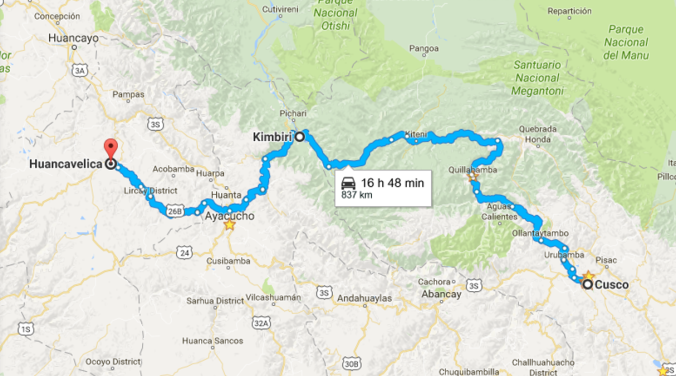
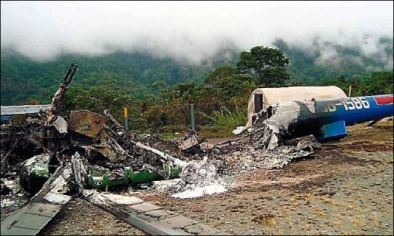








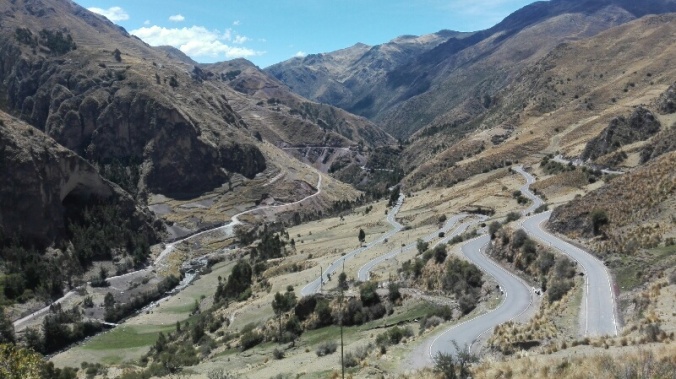
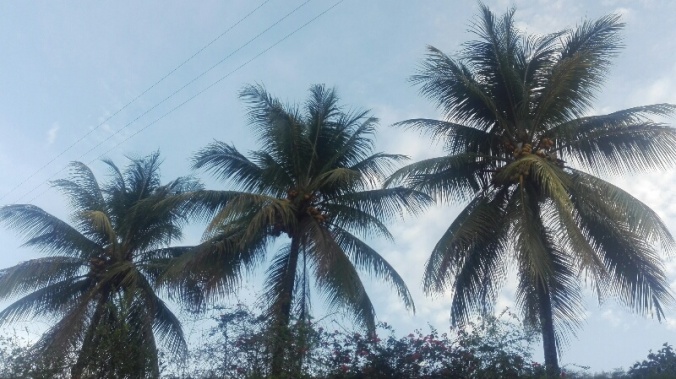
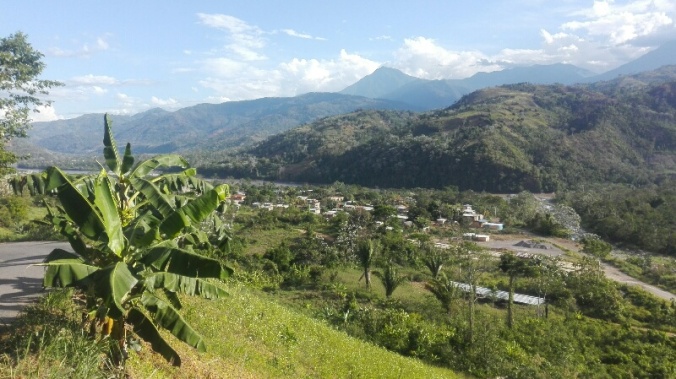
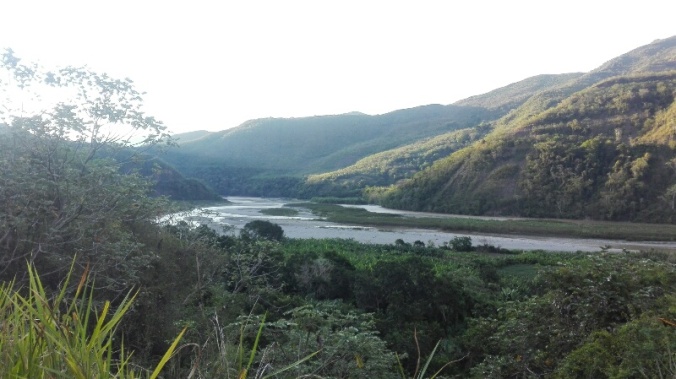
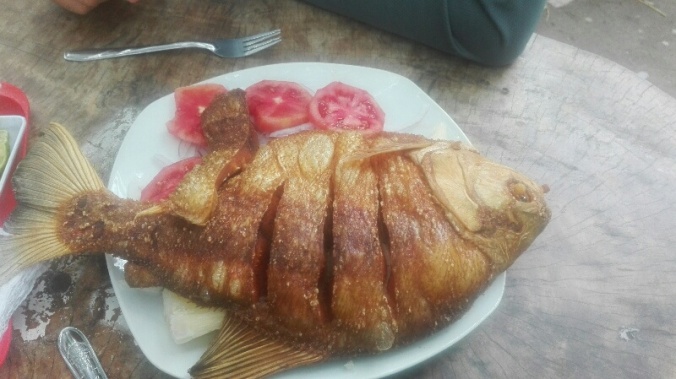







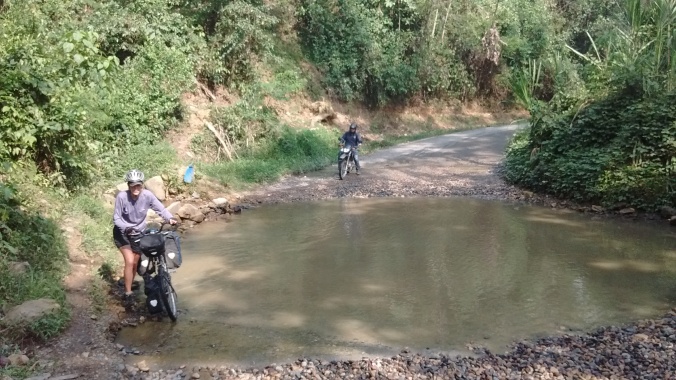
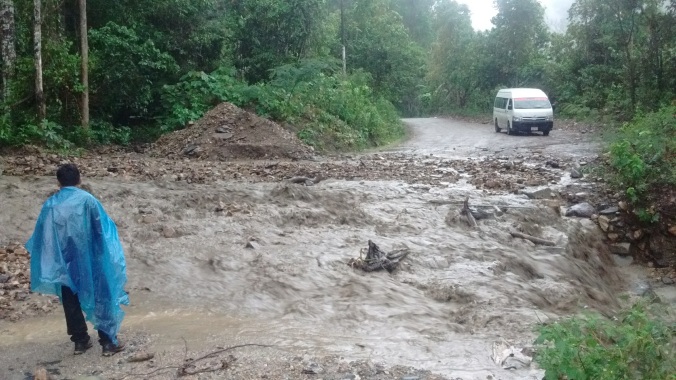





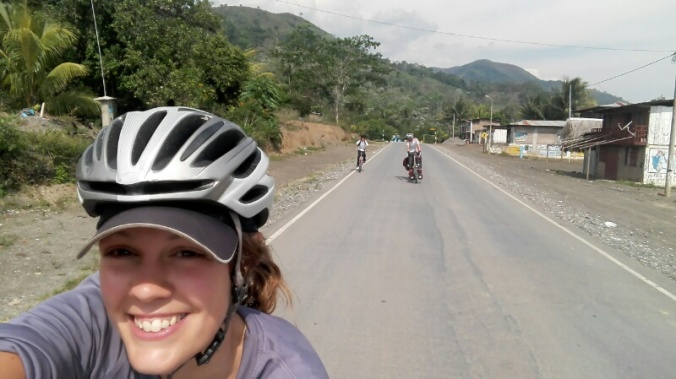
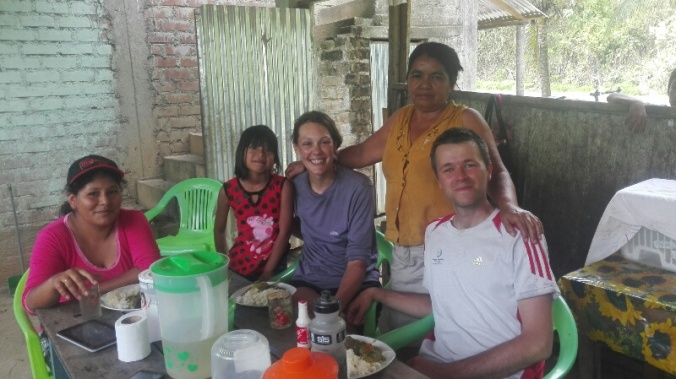
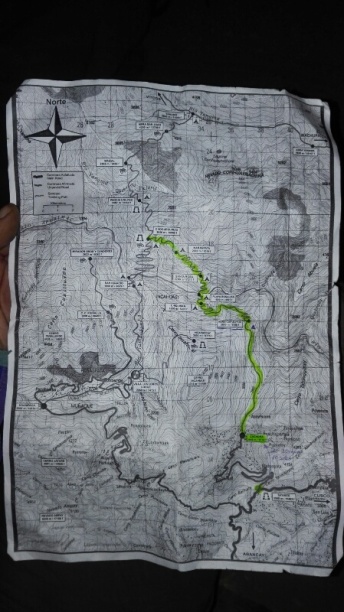
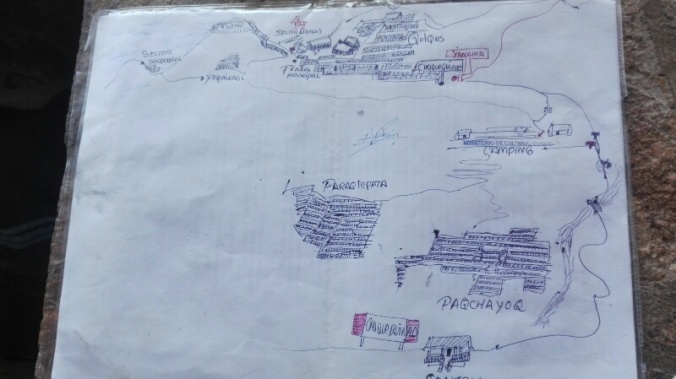 Take a picture of this map at the entrance as you won’t get another chance!
Take a picture of this map at the entrance as you won’t get another chance!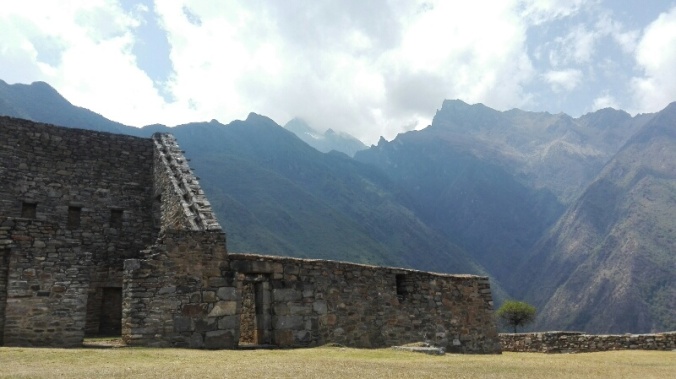




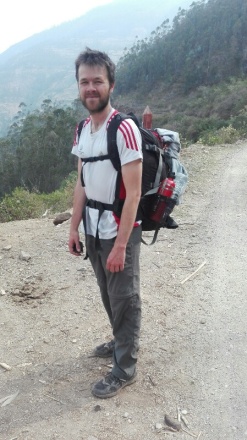 stuffed with supplies, we first had the hidden Inca city of Choquequirao in our sights, only accessible by a bus, collectivo then a two day hike in and one back from the town of Cachora. Never ones to risk being left hungry, our bags resembled a mobile food market, with 35 bread rolls swinging from them, a kilo of pasta, boiled eggs, avocados, cheese, and an impressive array of buscuits, chocolate, coffee and bananas that would keep us powered for 4 days. Nevermind the fact that I’d only packed one pair of socks to make space for all these goodies. Priorities!
stuffed with supplies, we first had the hidden Inca city of Choquequirao in our sights, only accessible by a bus, collectivo then a two day hike in and one back from the town of Cachora. Never ones to risk being left hungry, our bags resembled a mobile food market, with 35 bread rolls swinging from them, a kilo of pasta, boiled eggs, avocados, cheese, and an impressive array of buscuits, chocolate, coffee and bananas that would keep us powered for 4 days. Nevermind the fact that I’d only packed one pair of socks to make space for all these goodies. Priorities!


